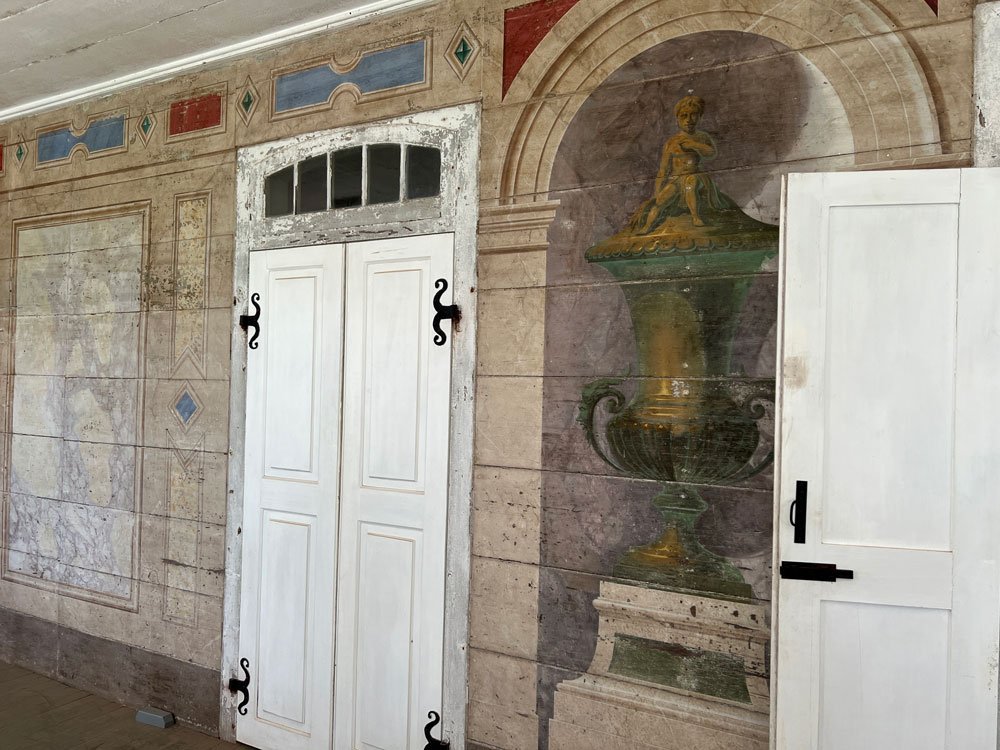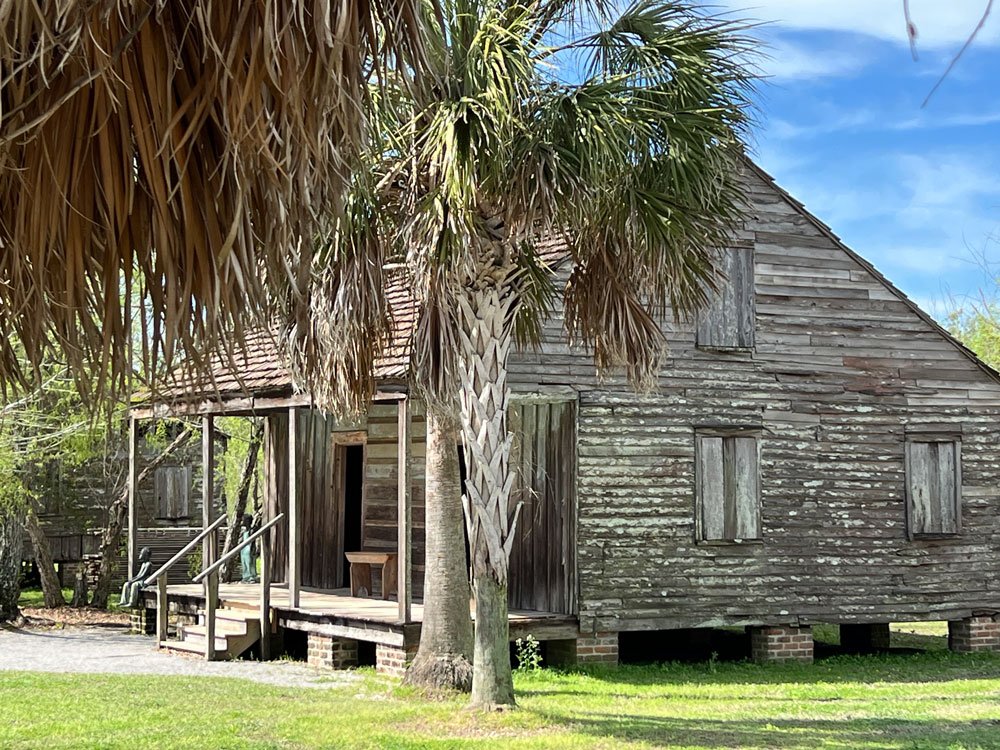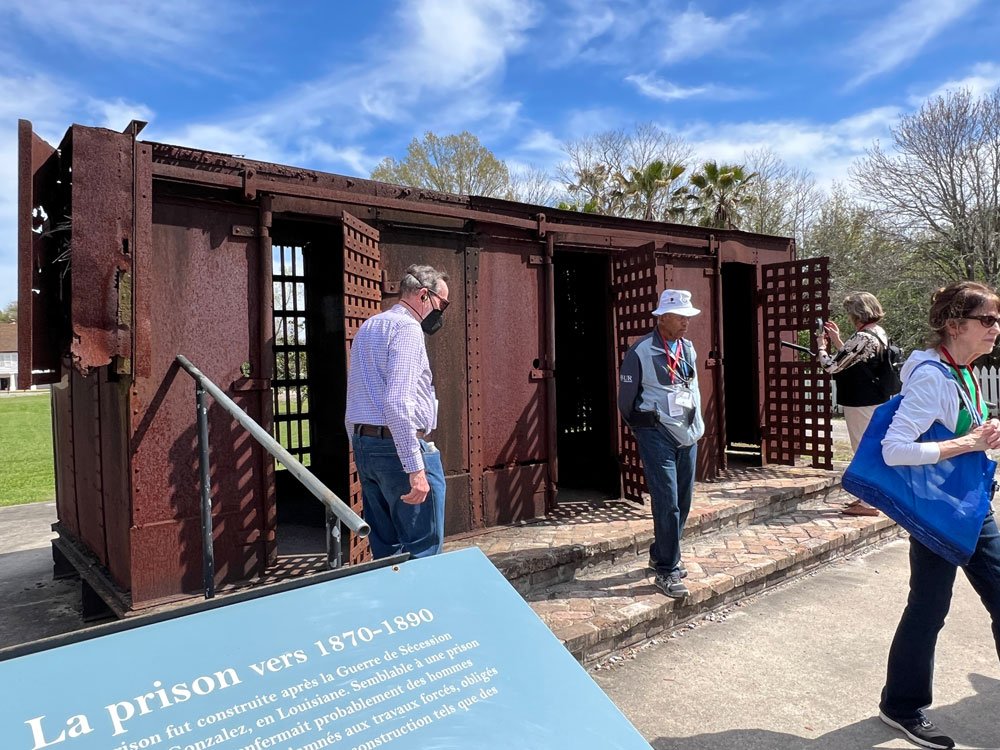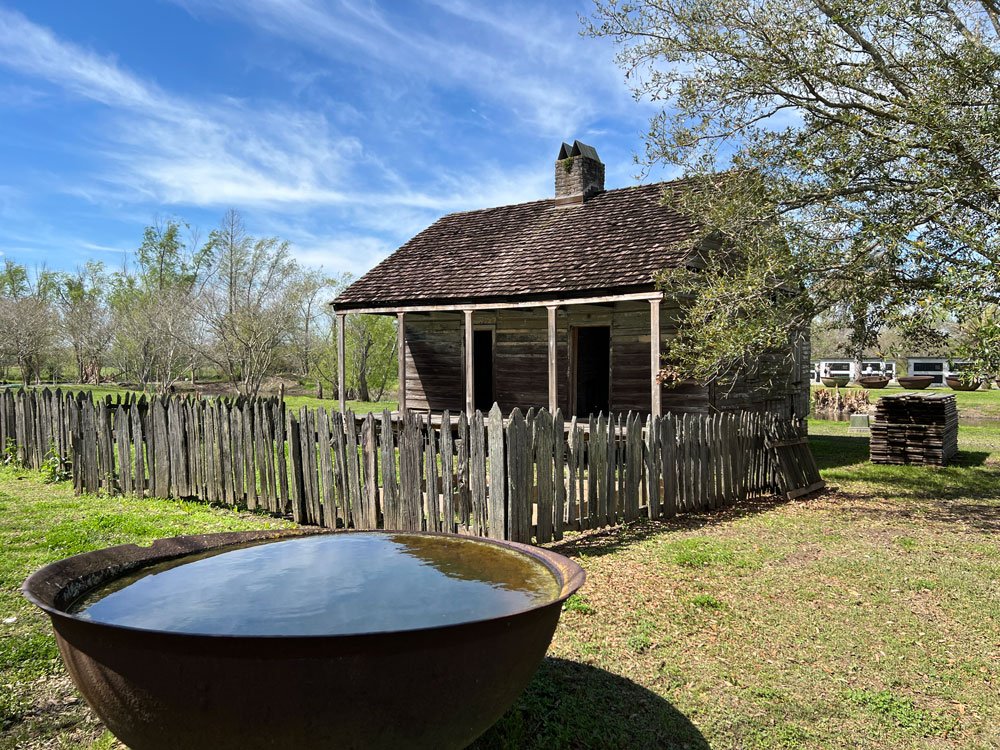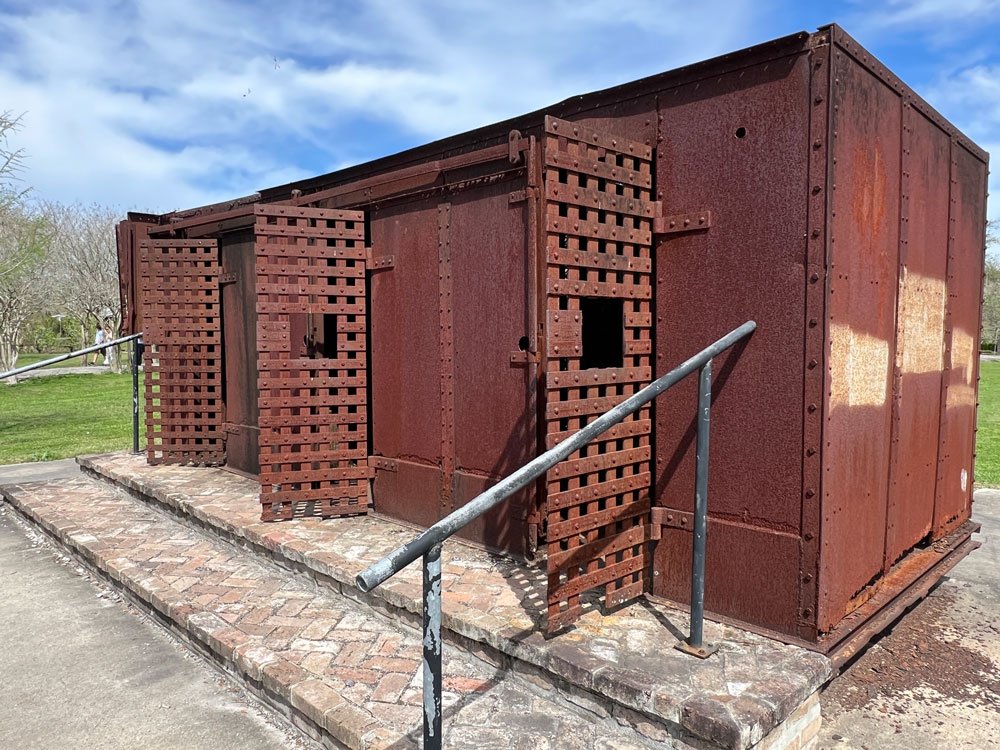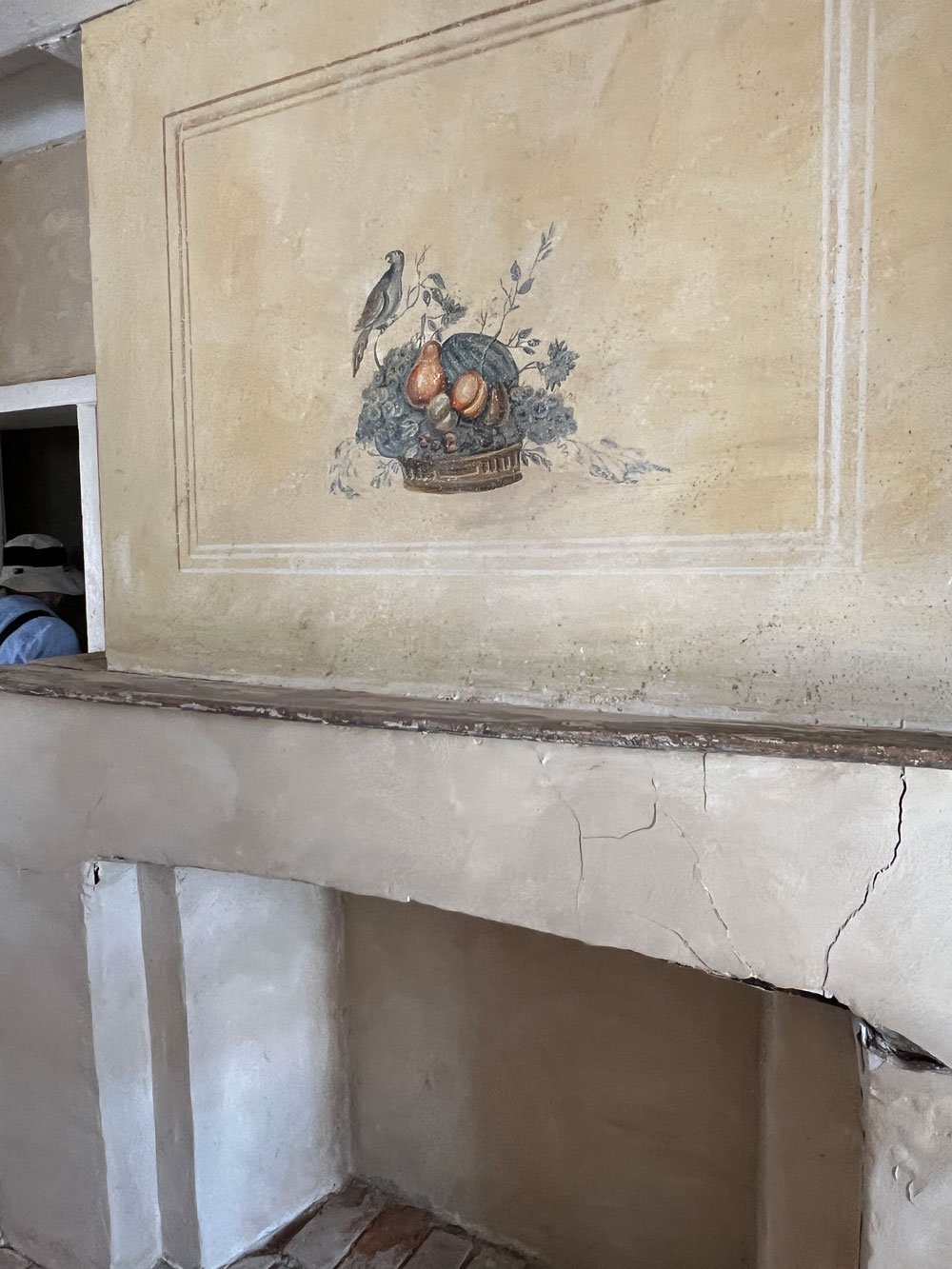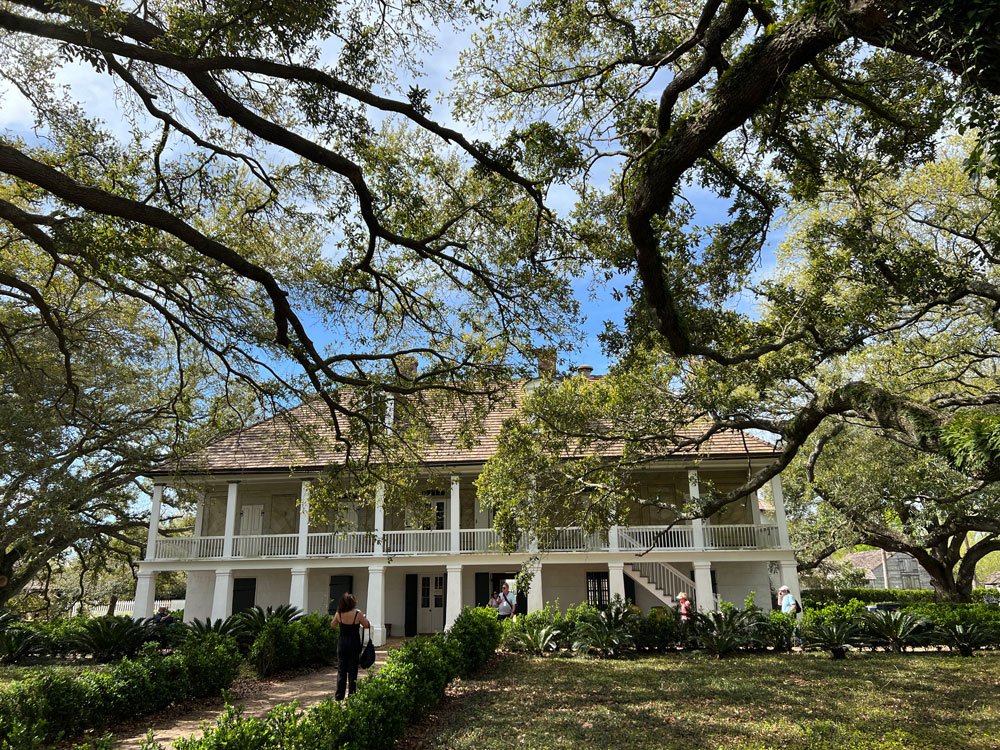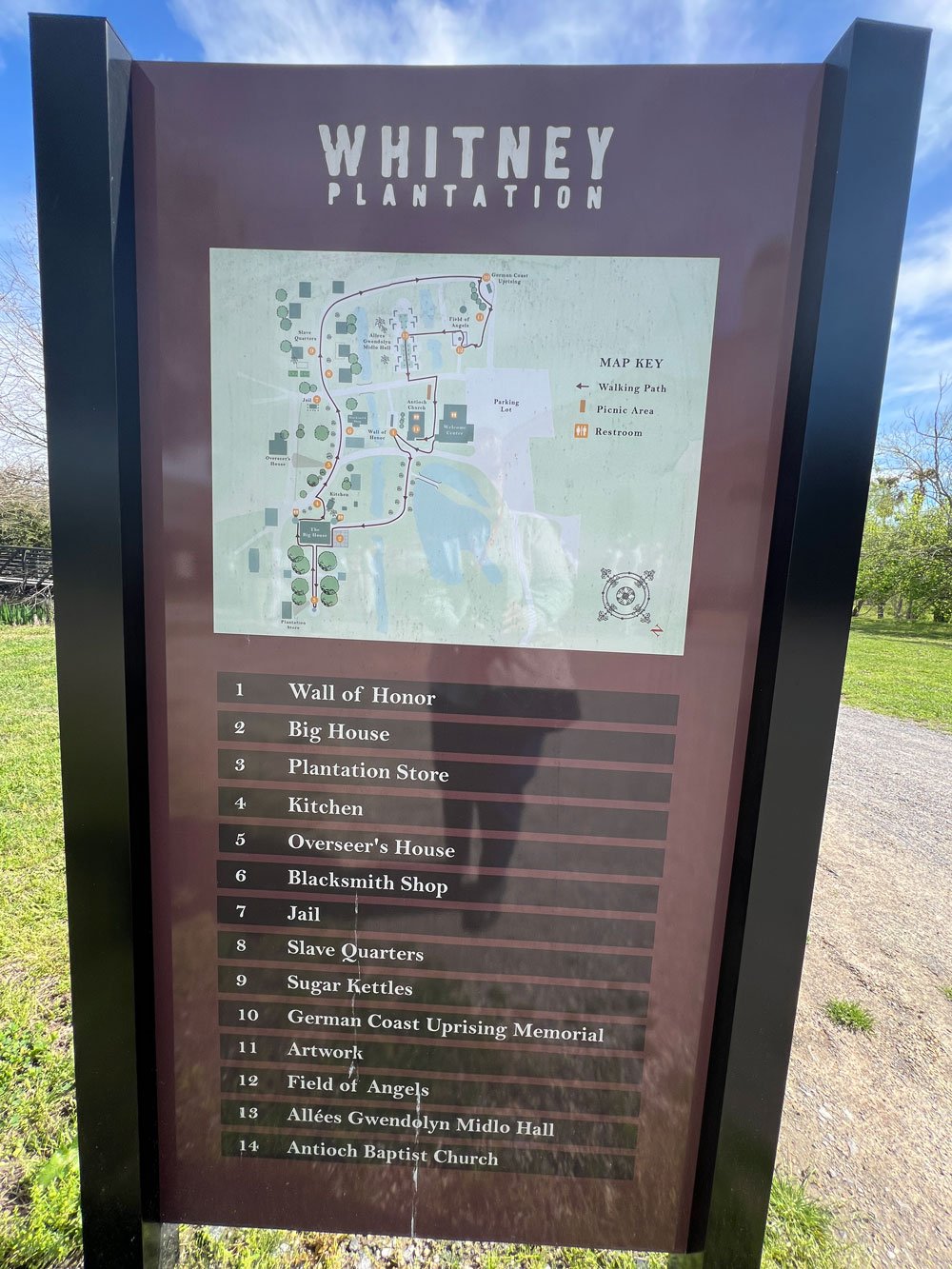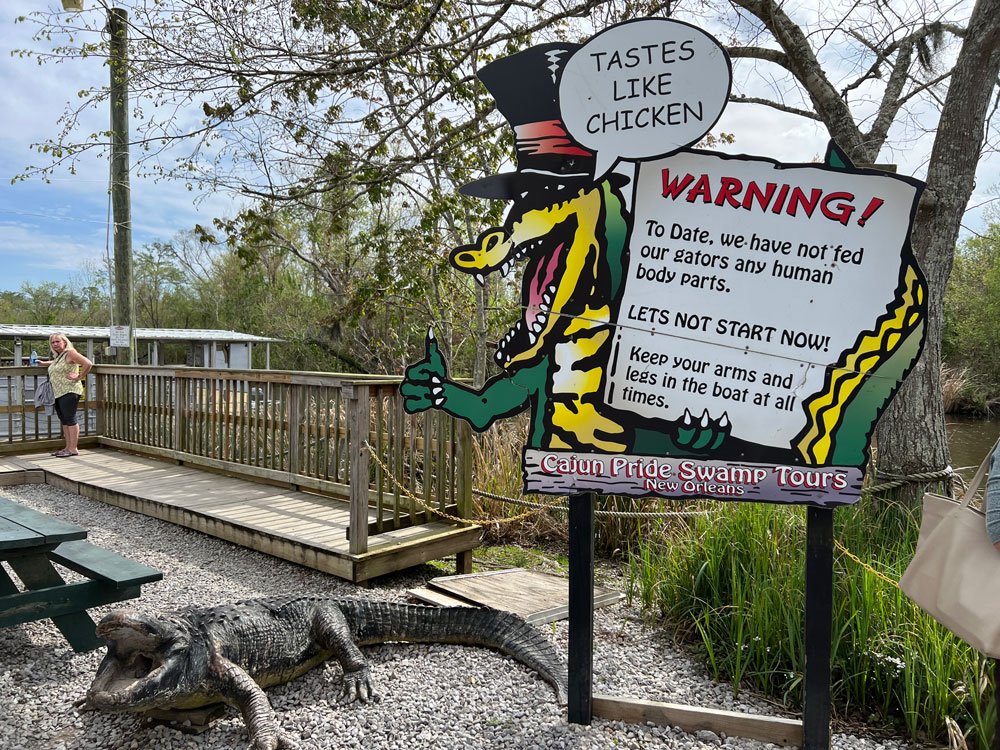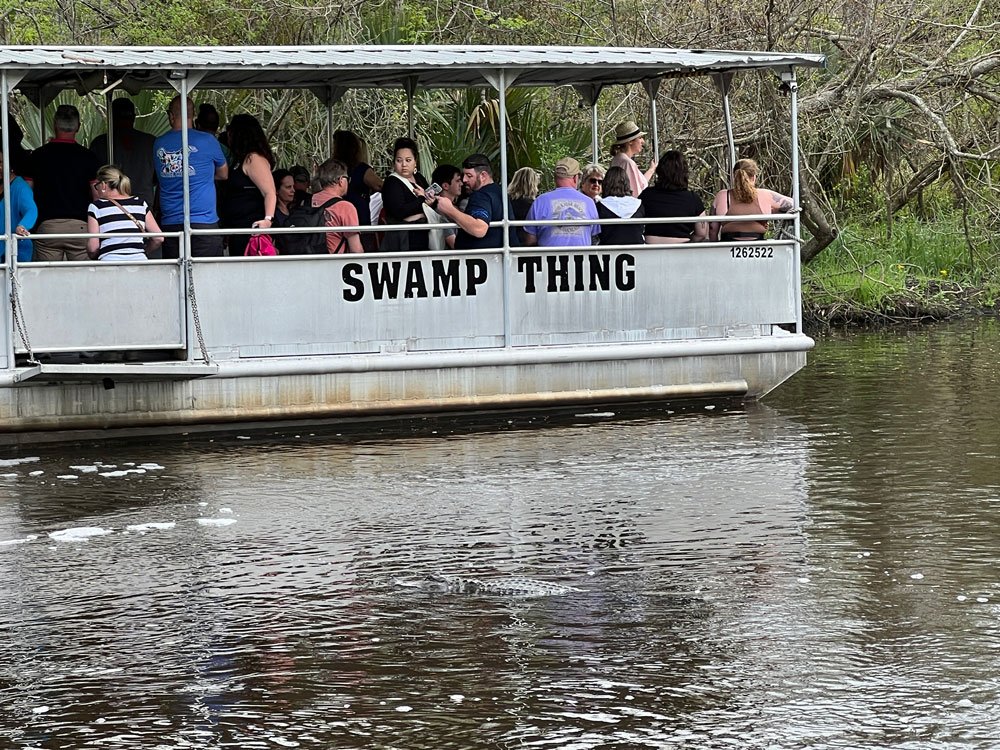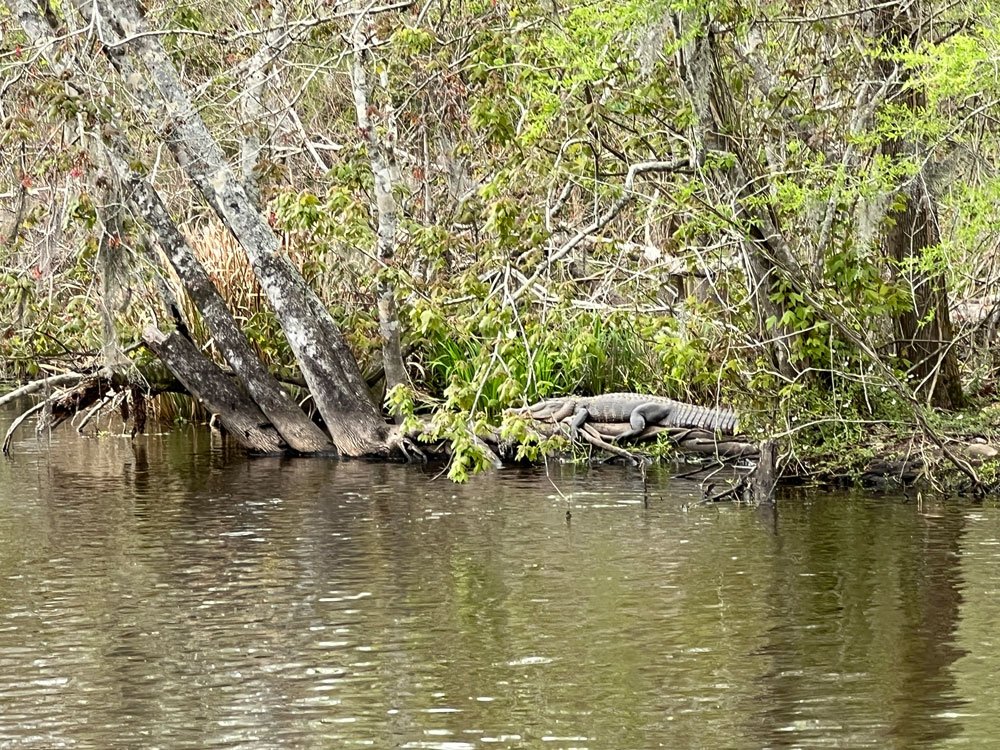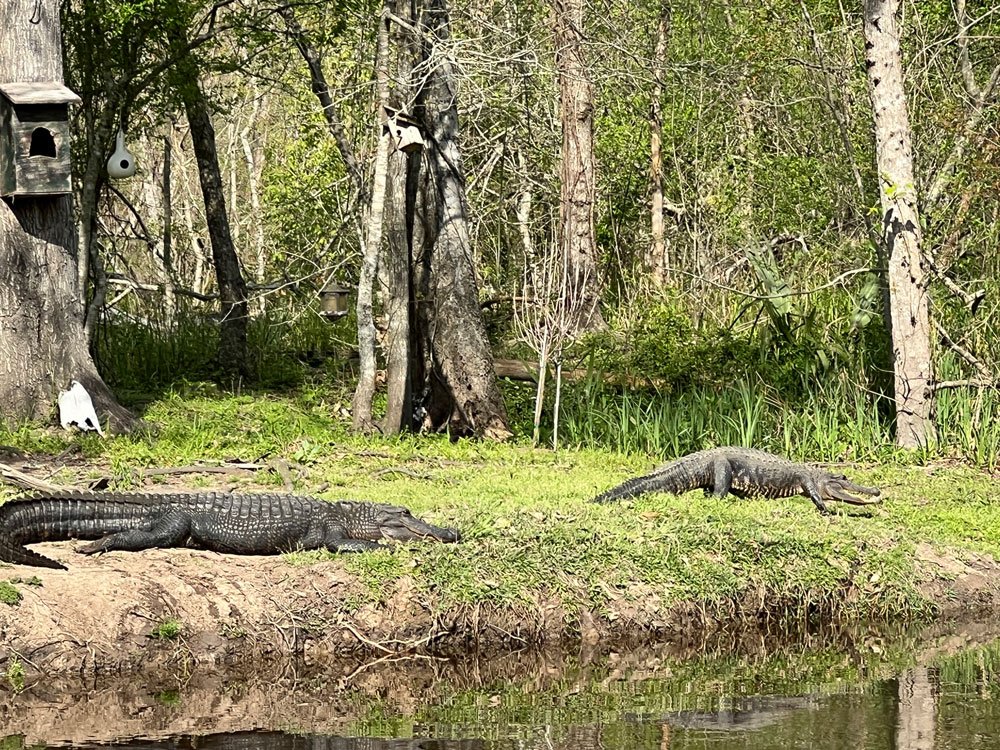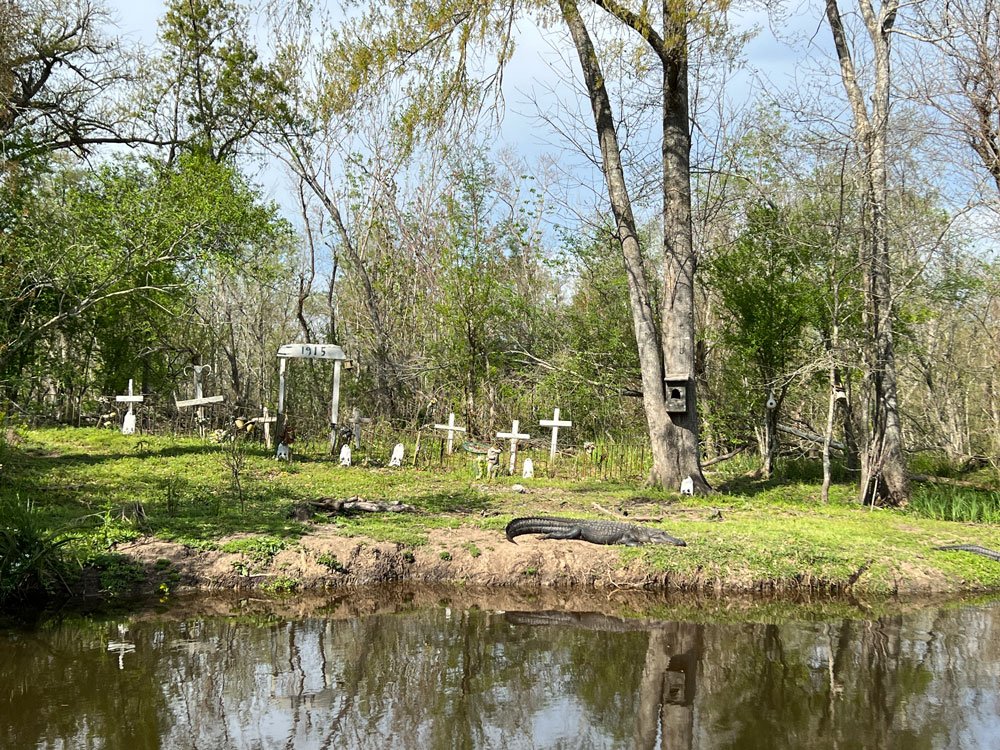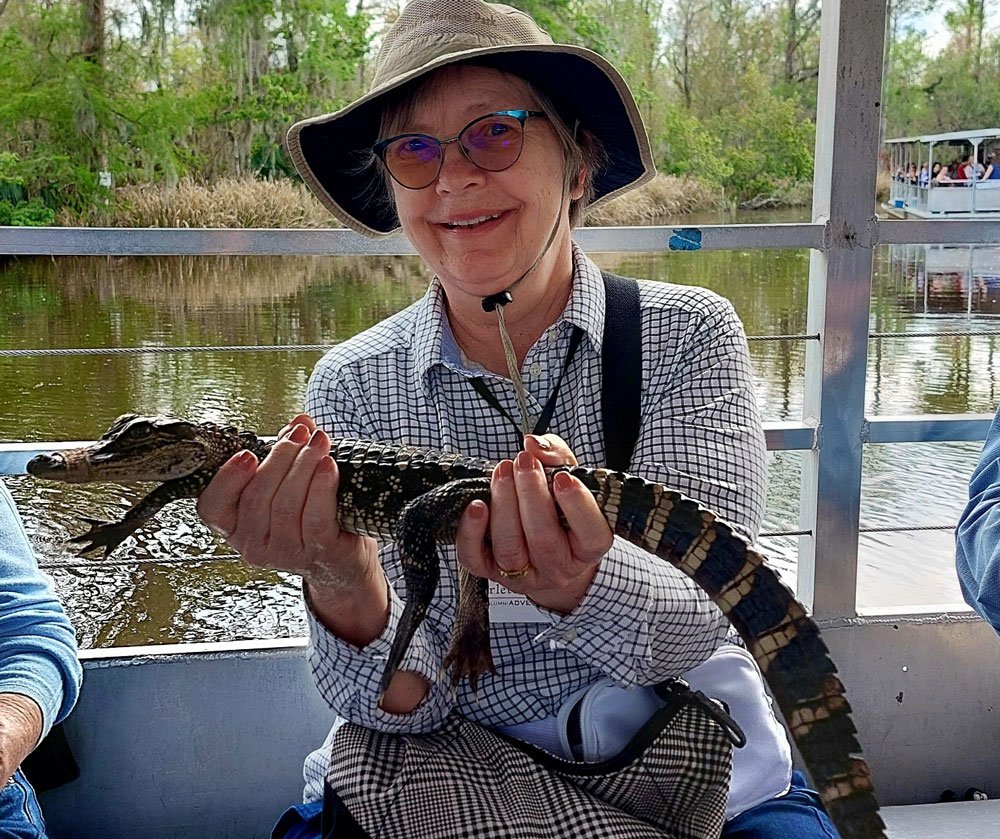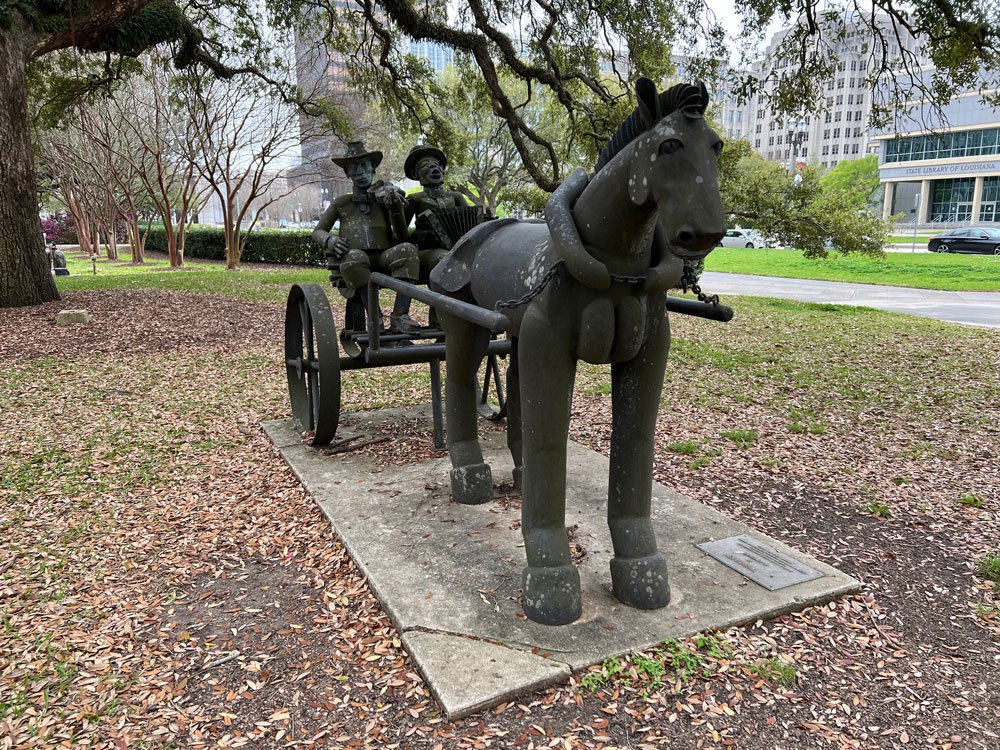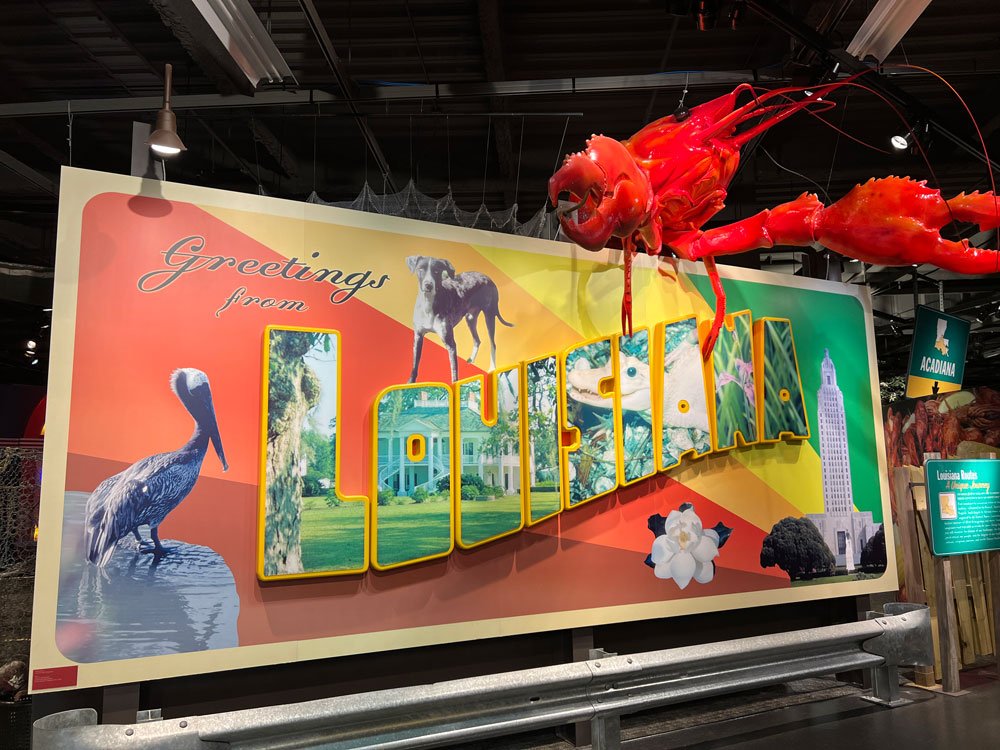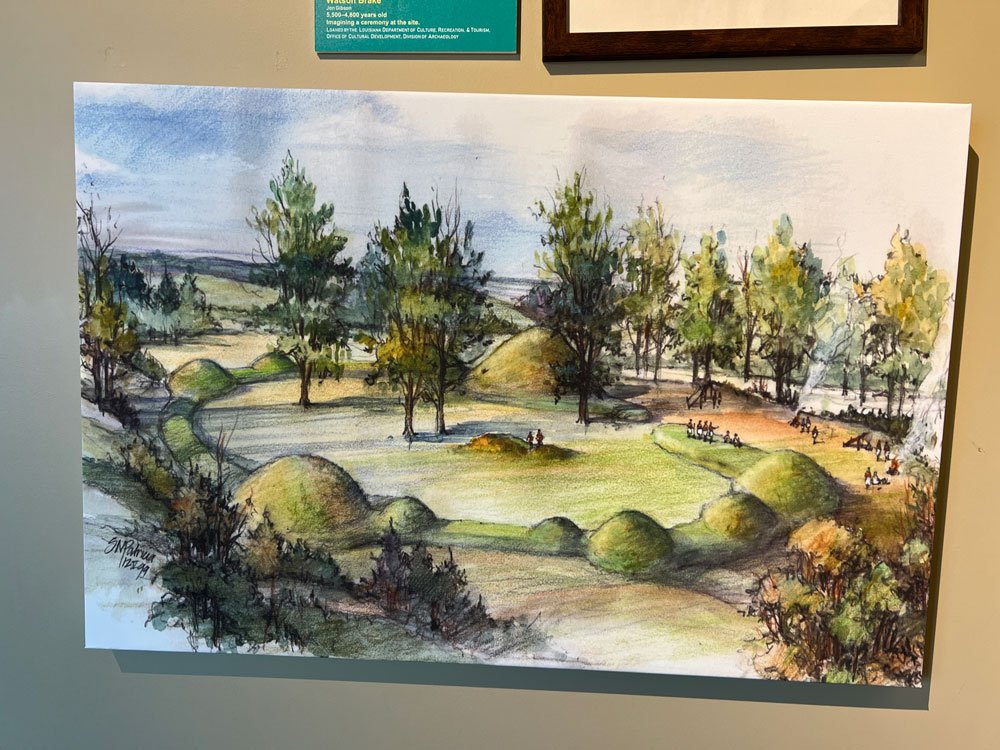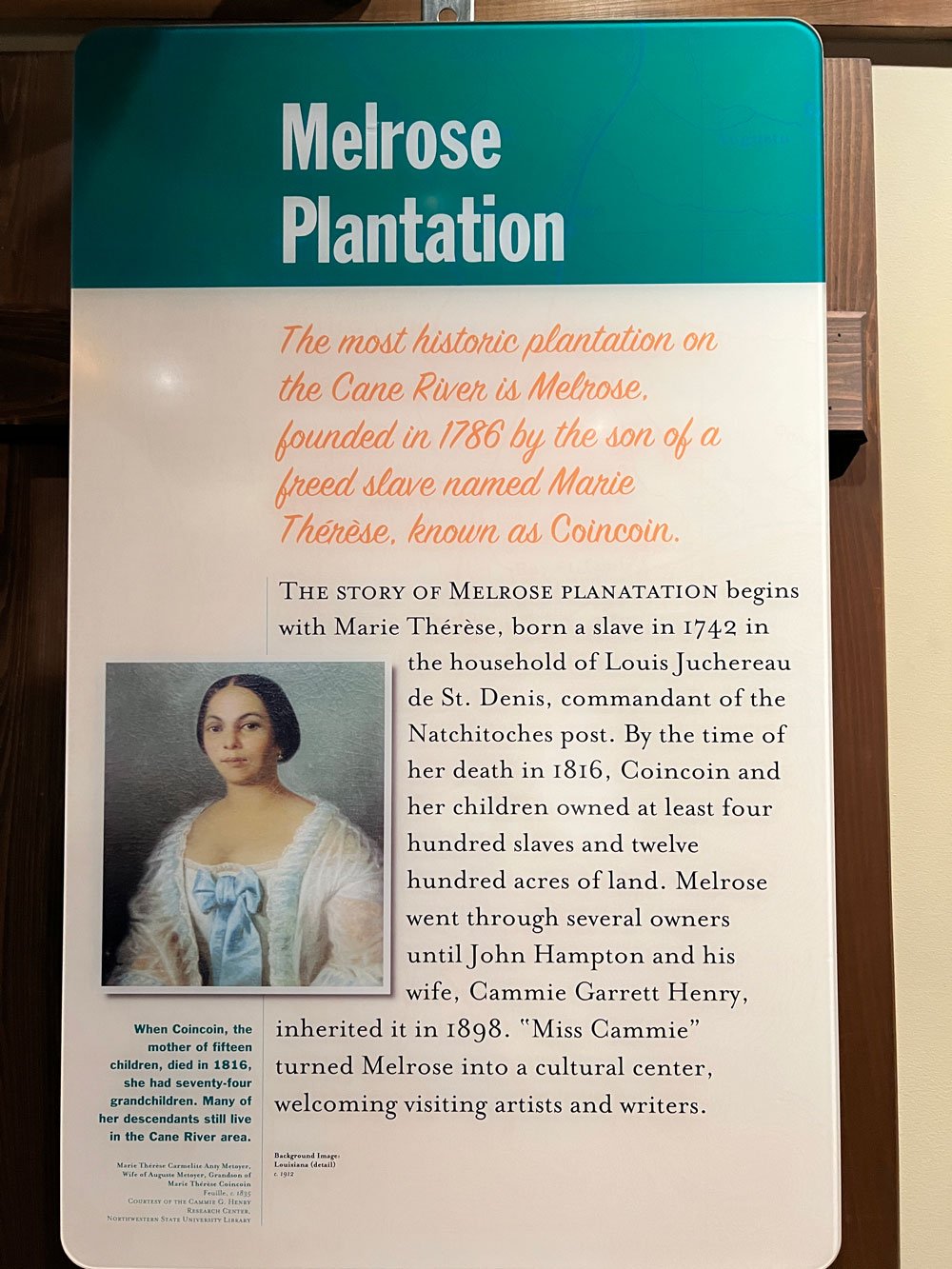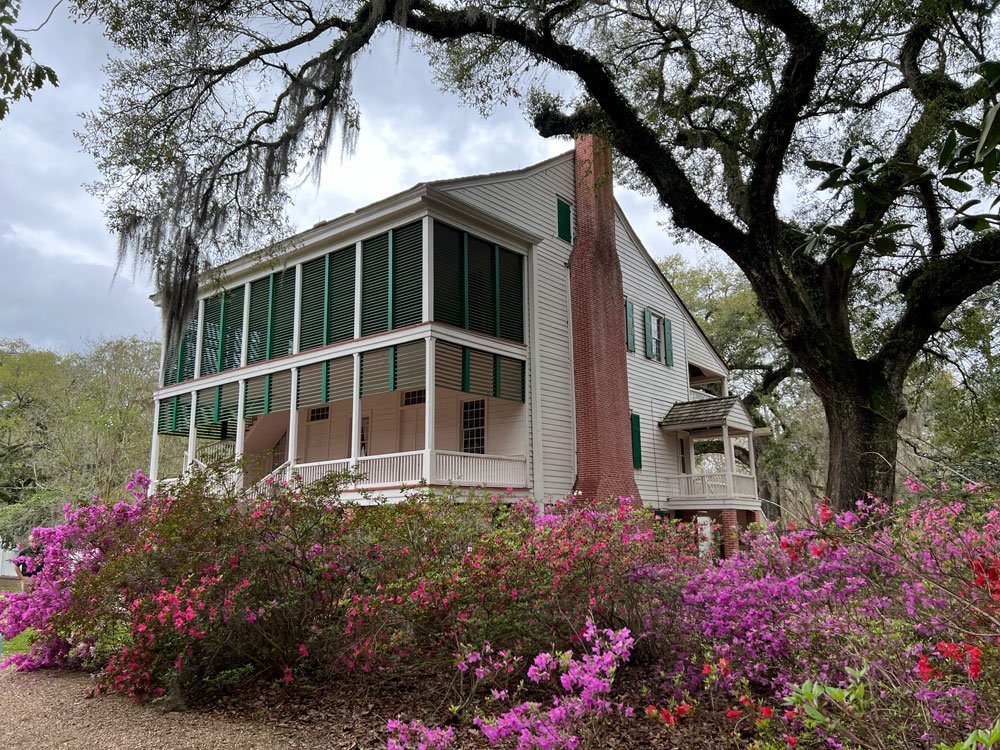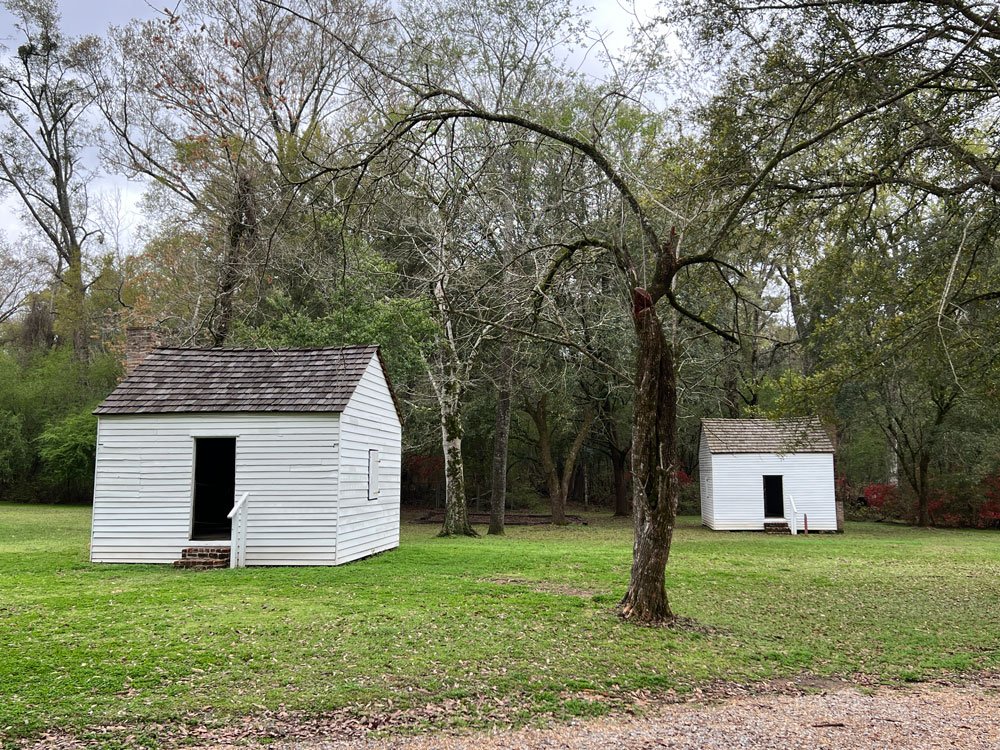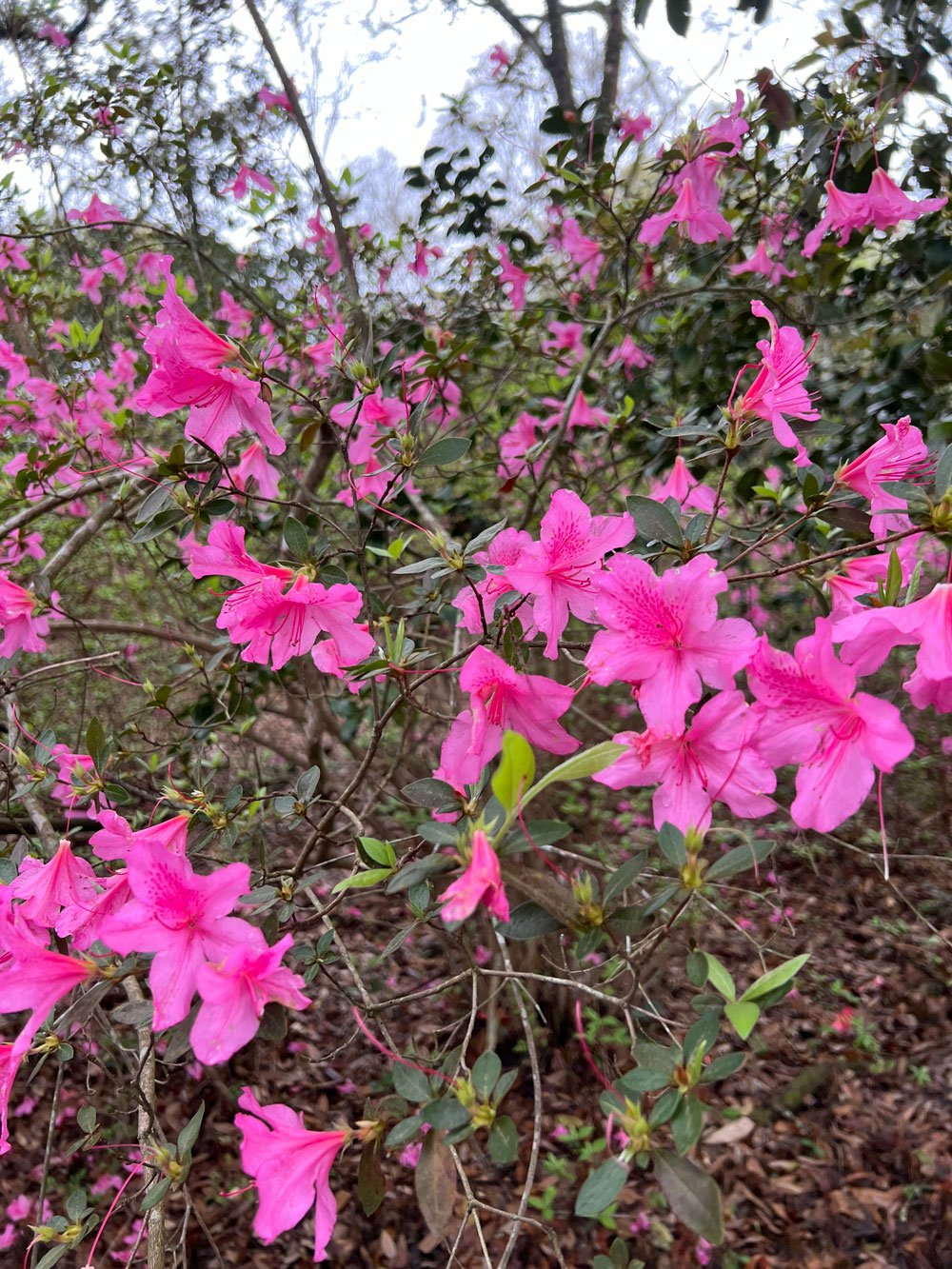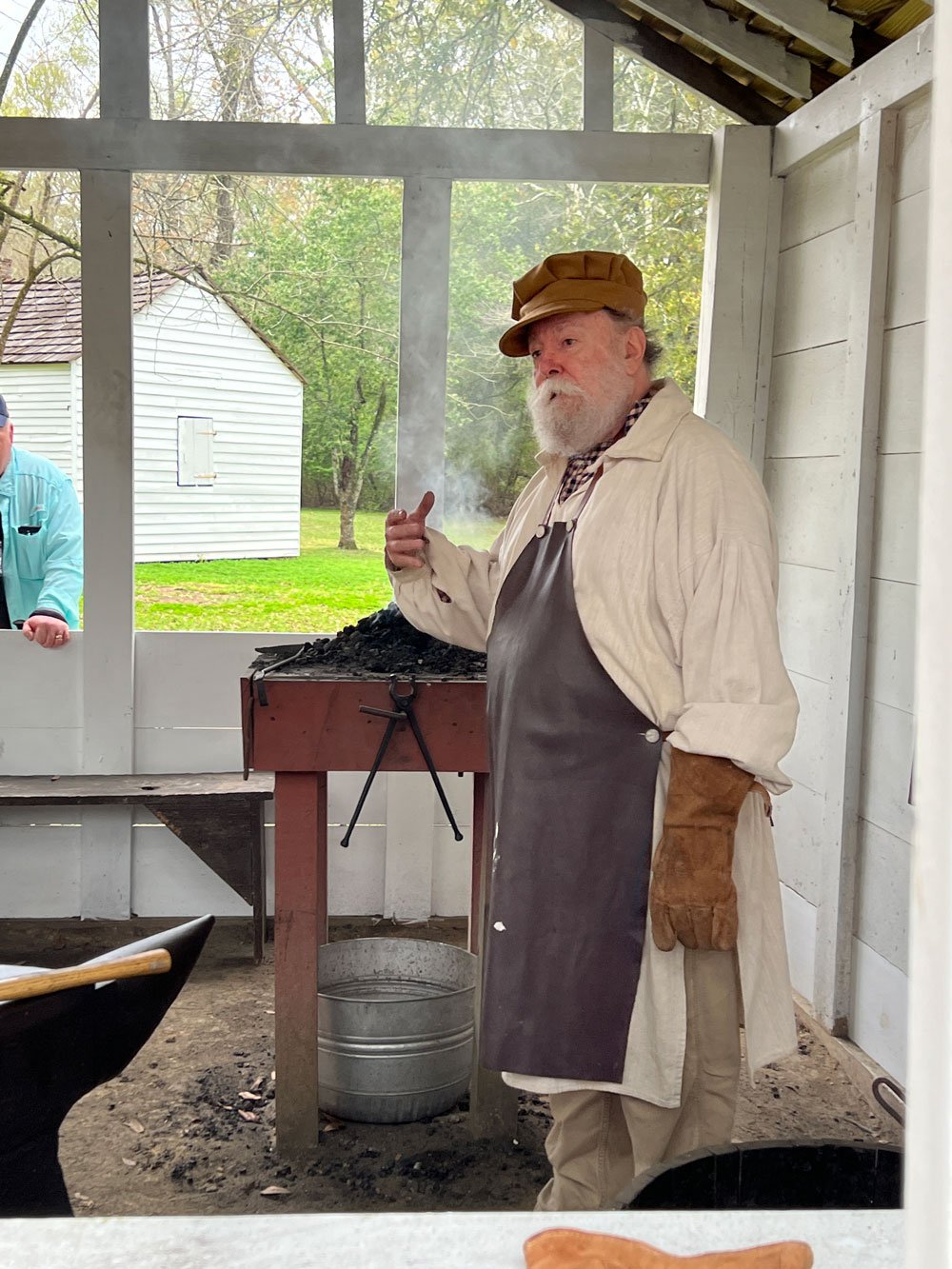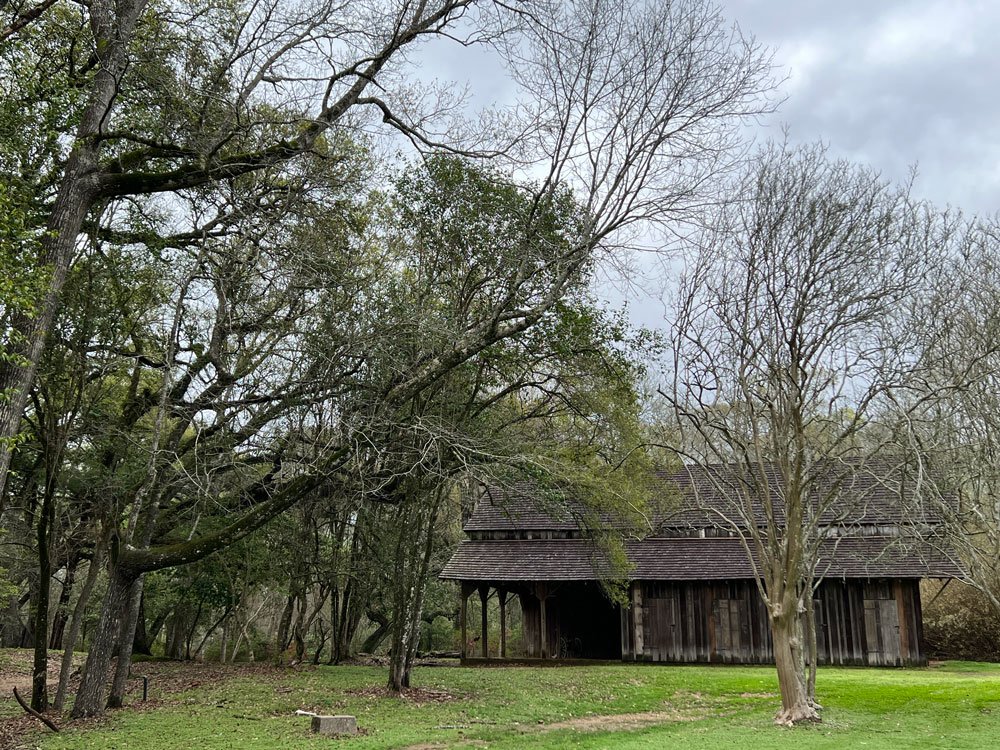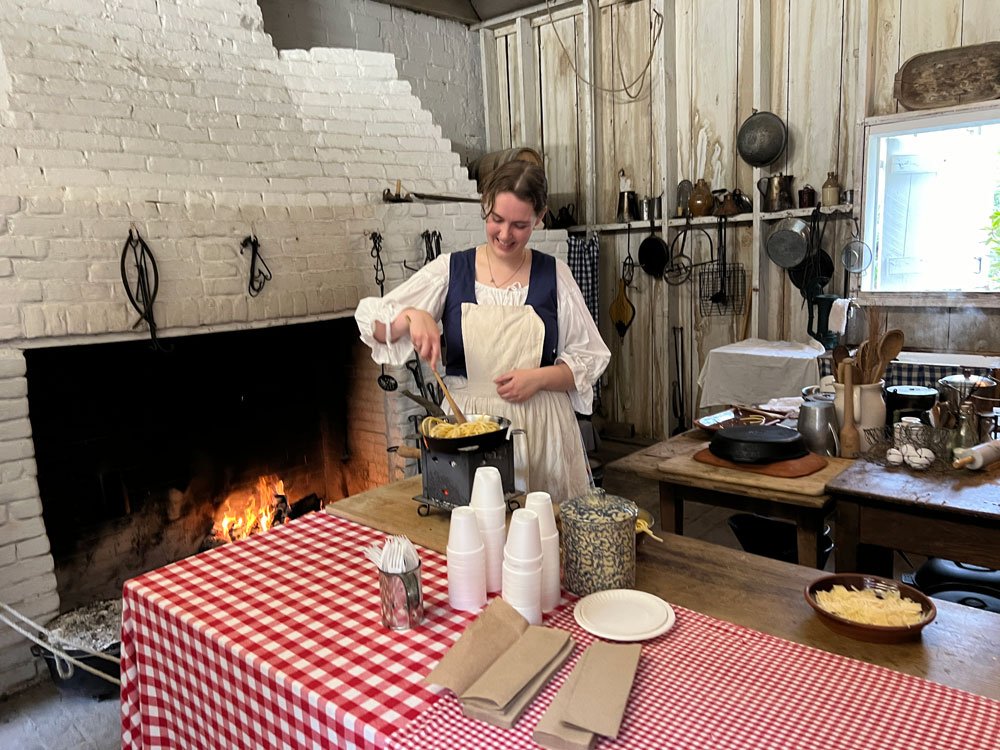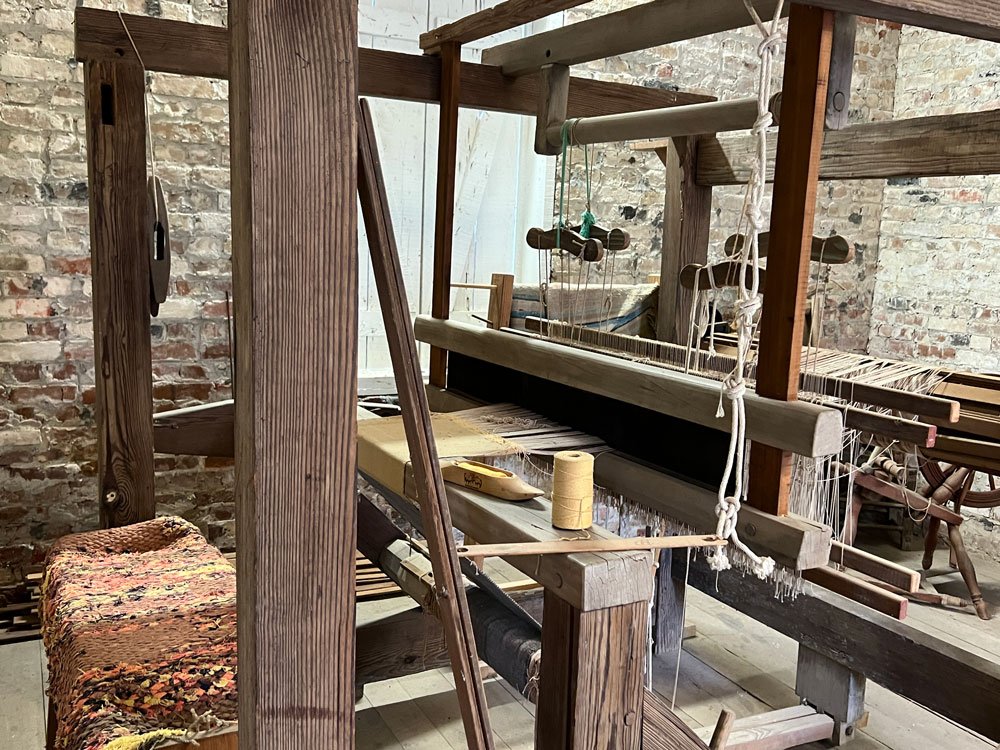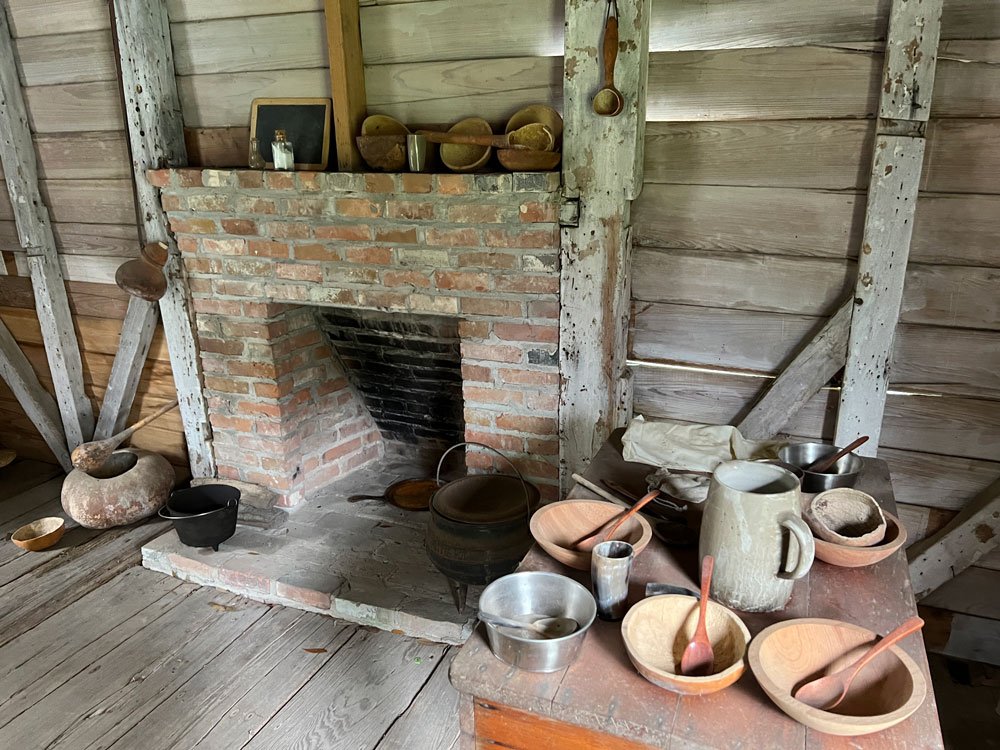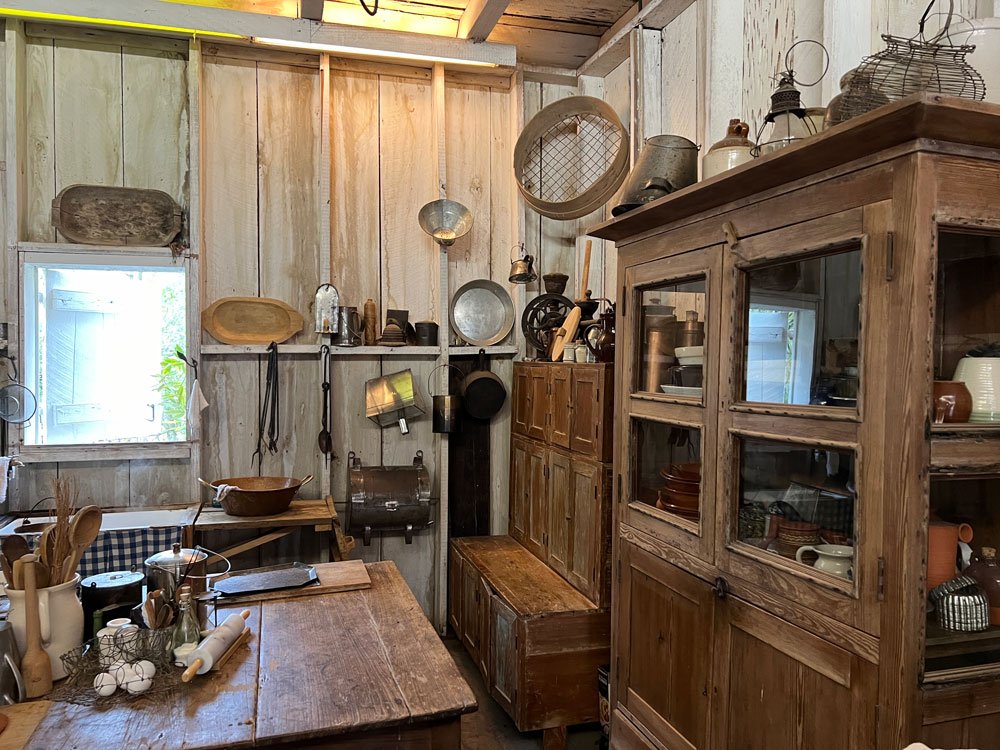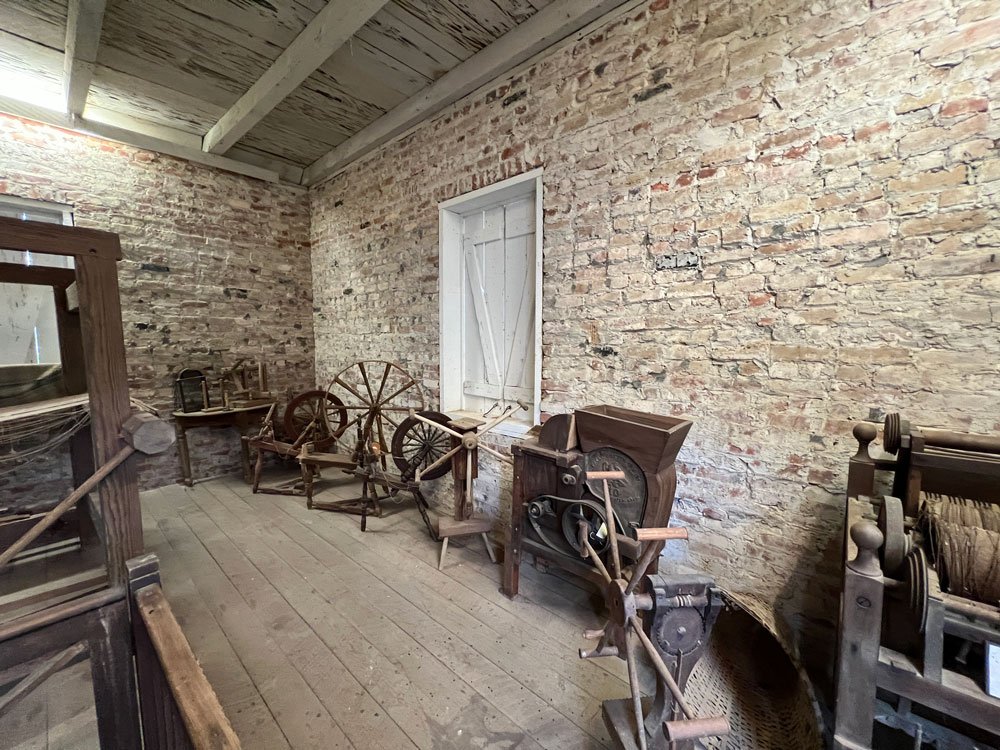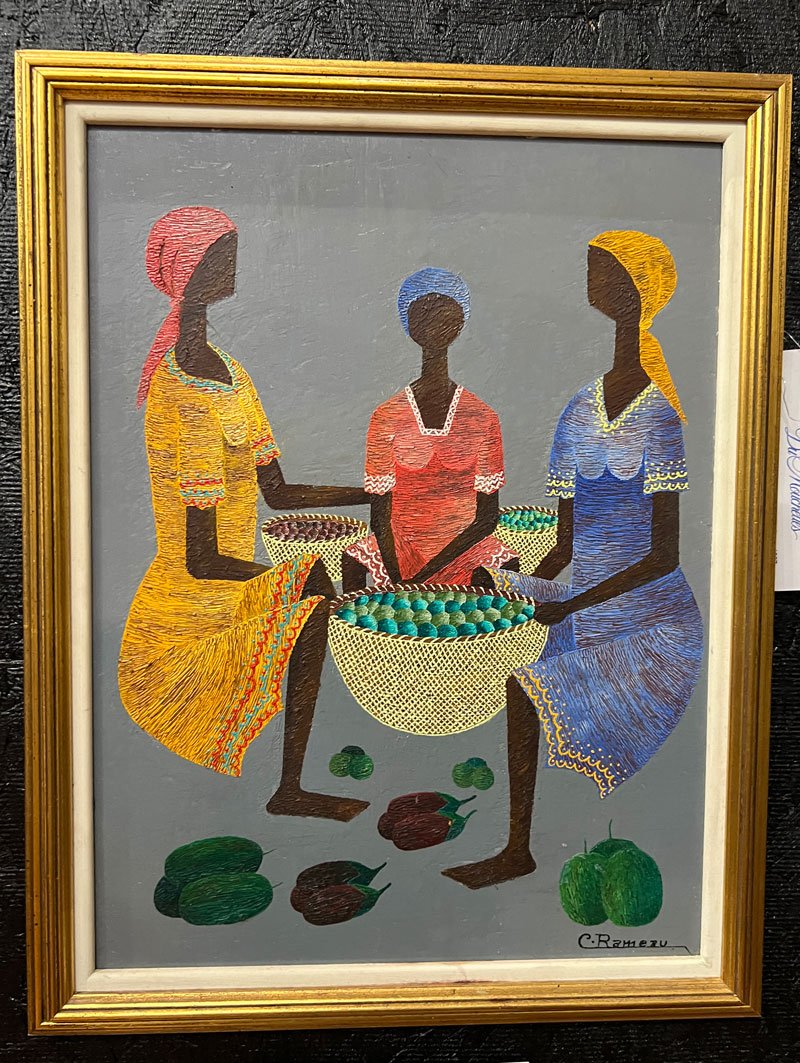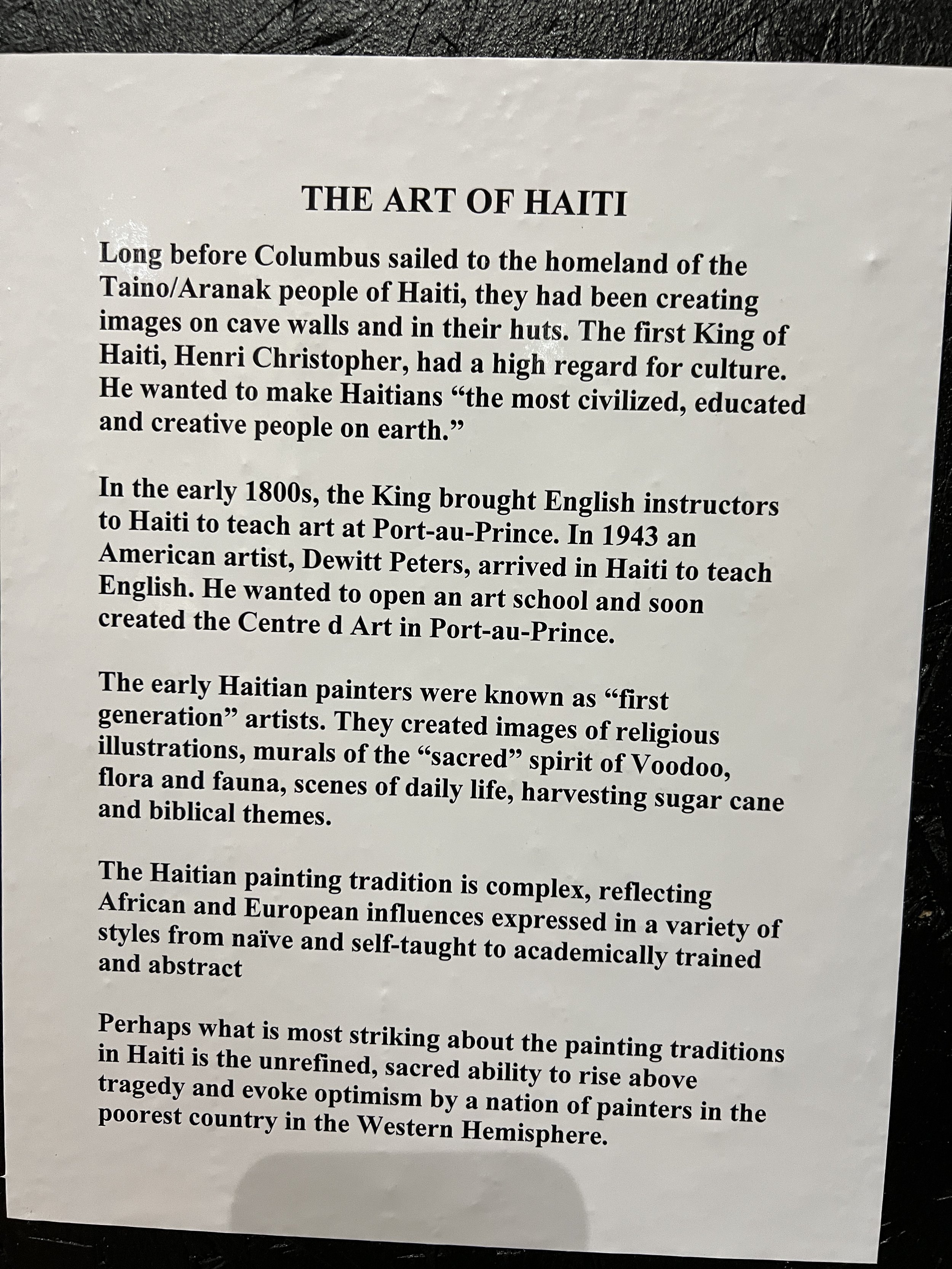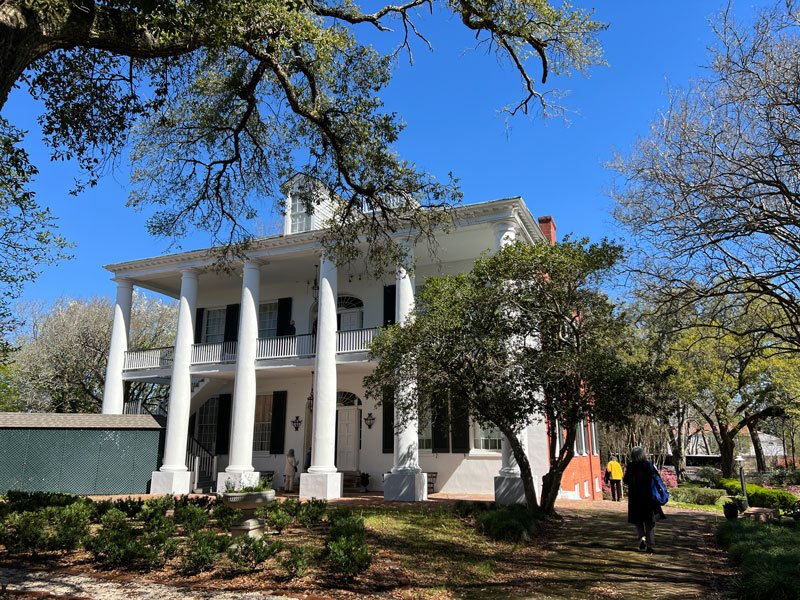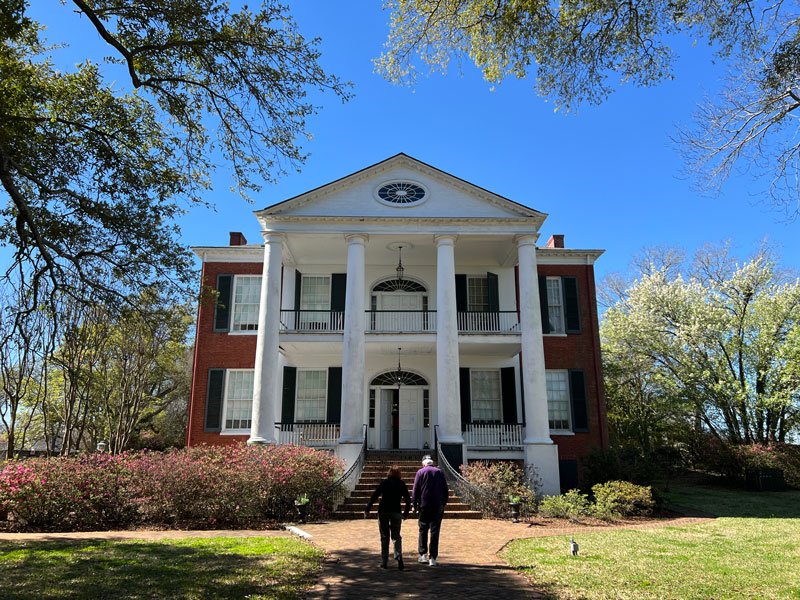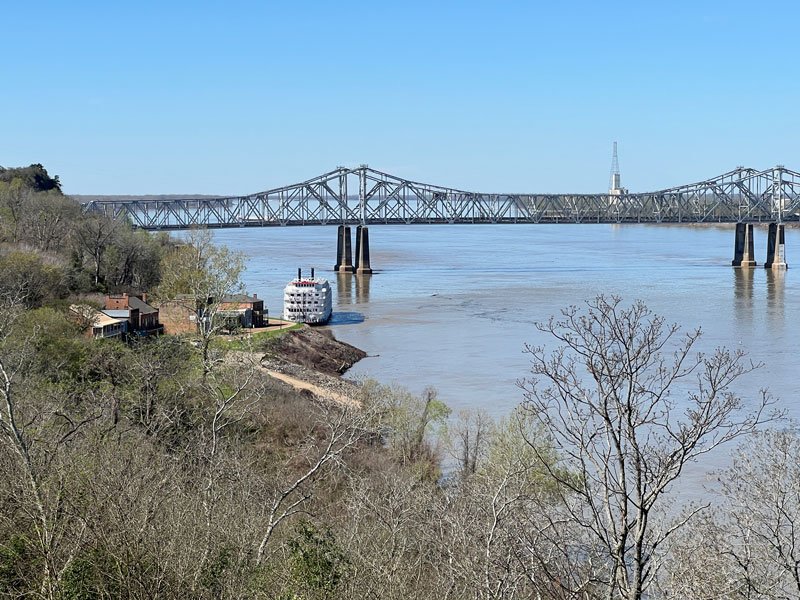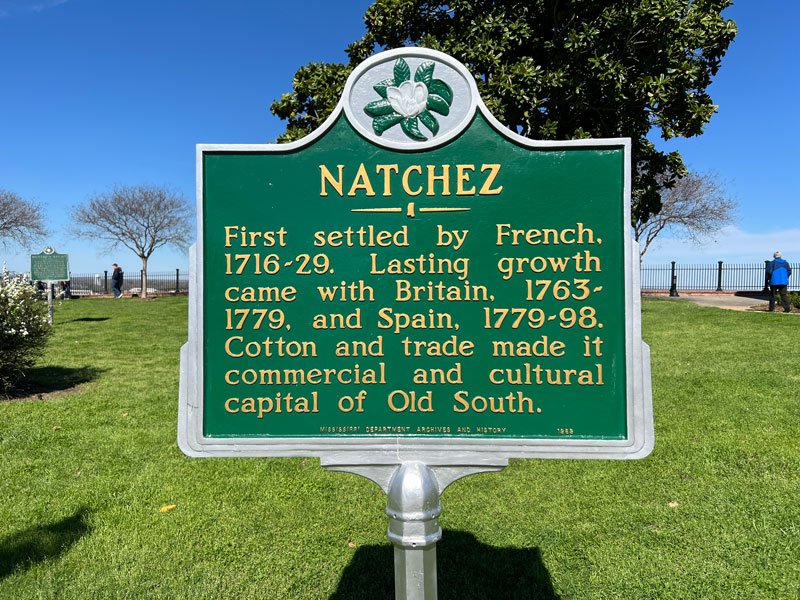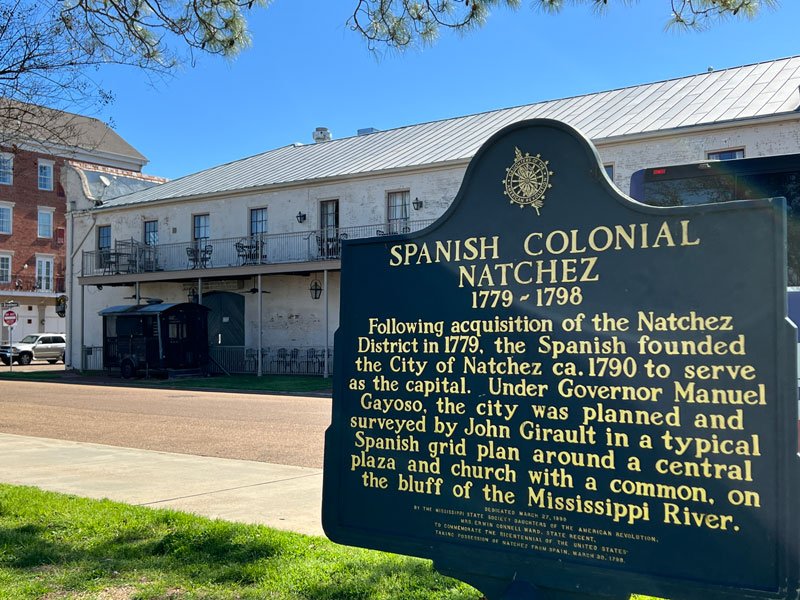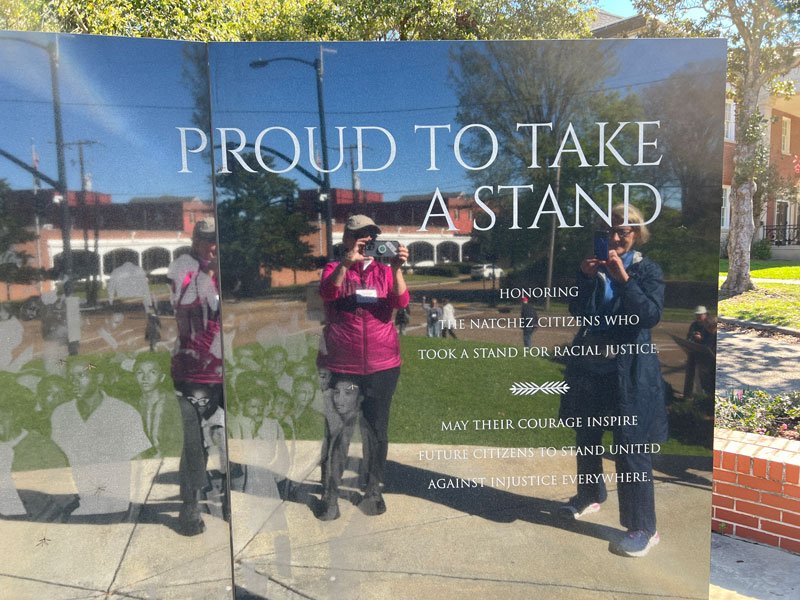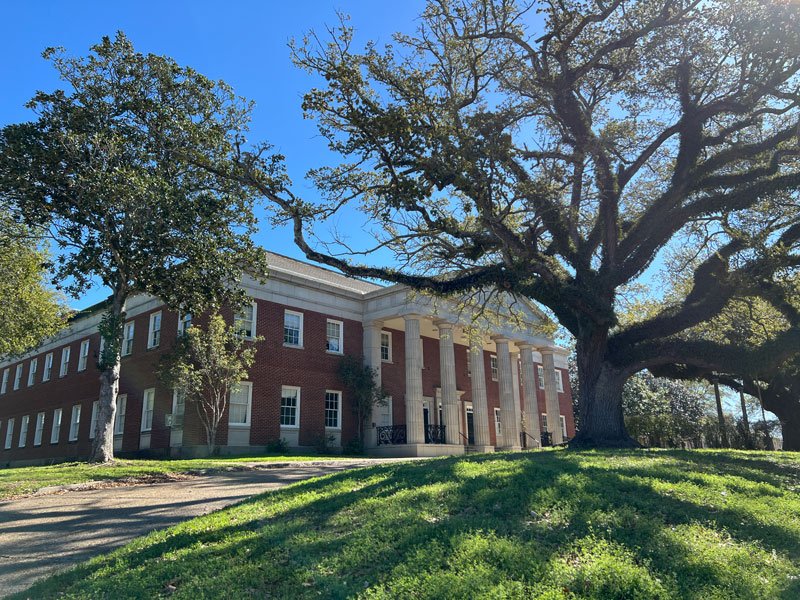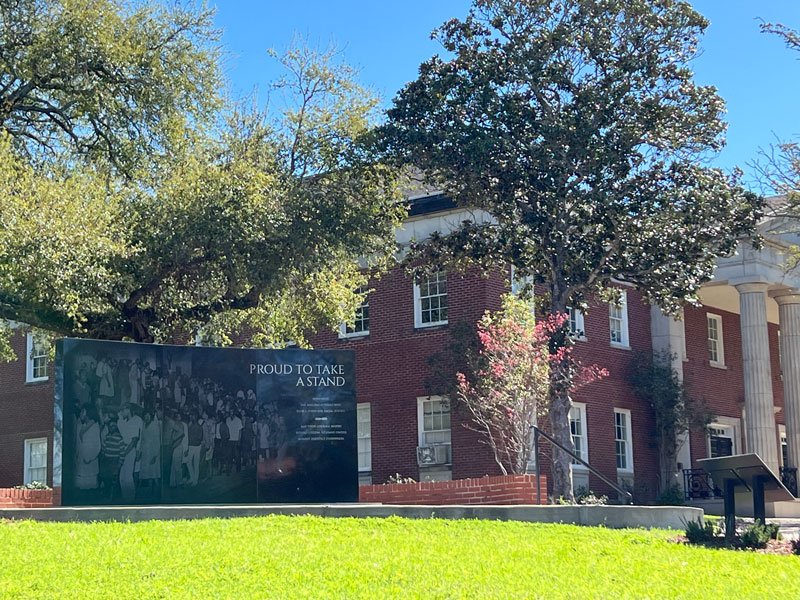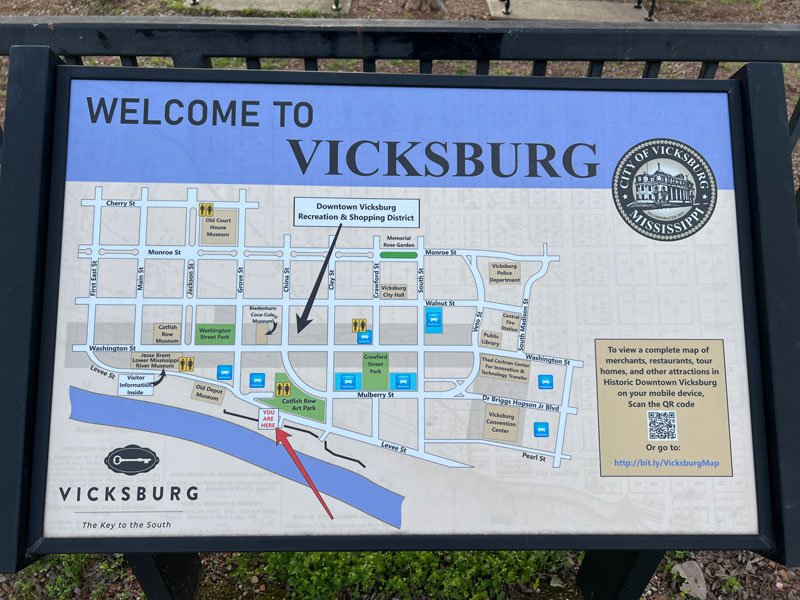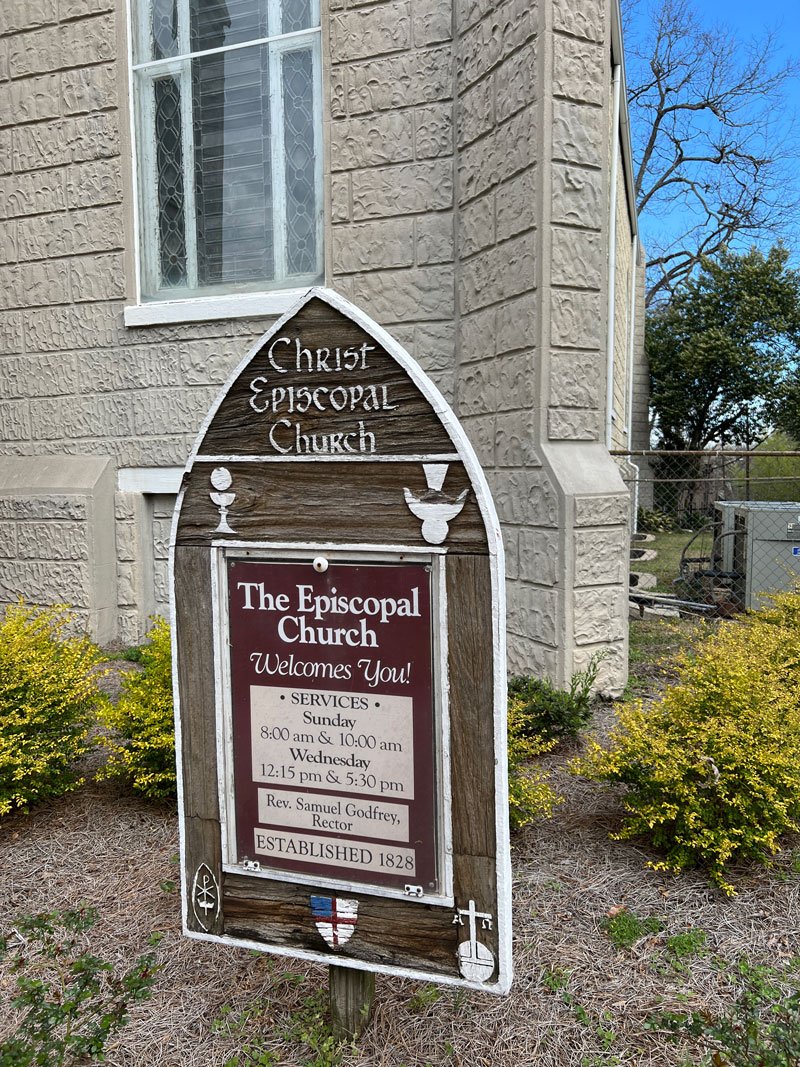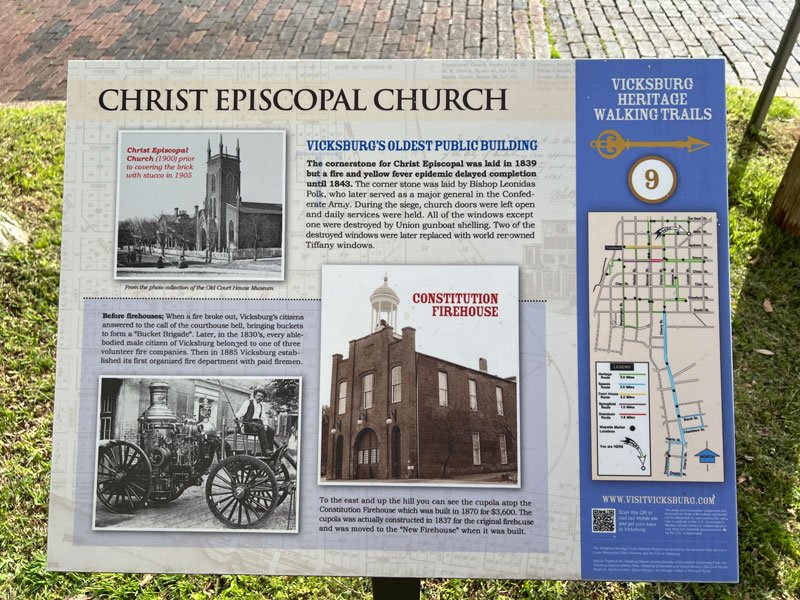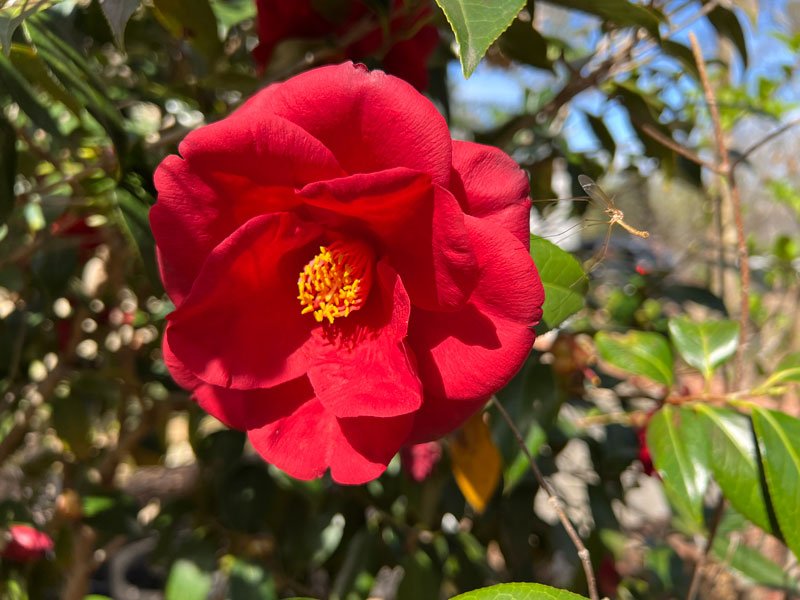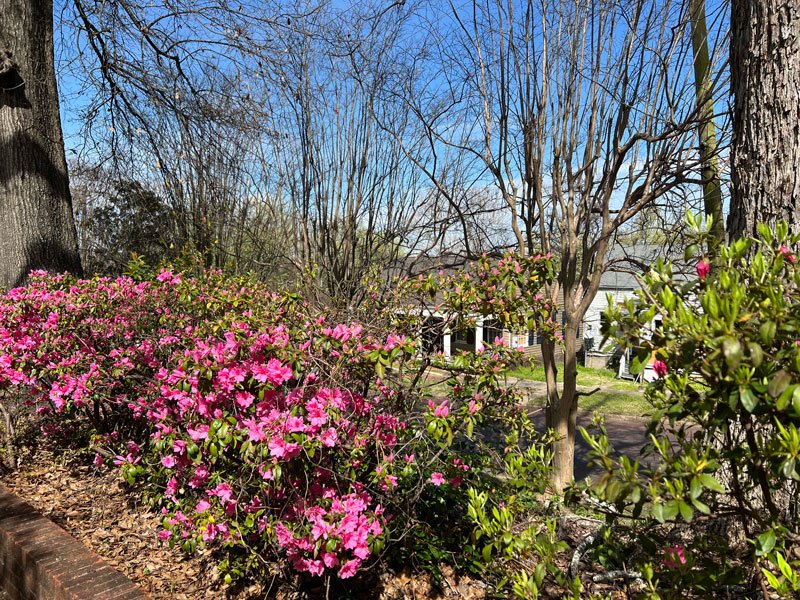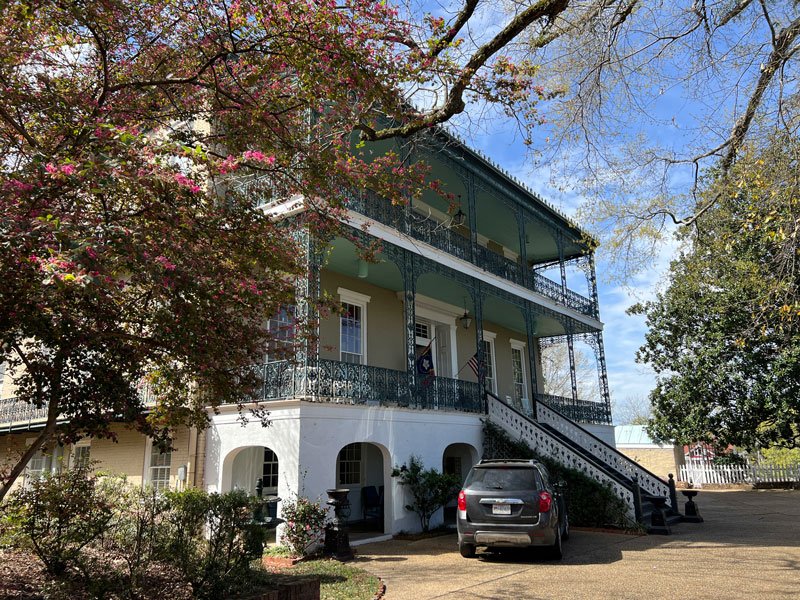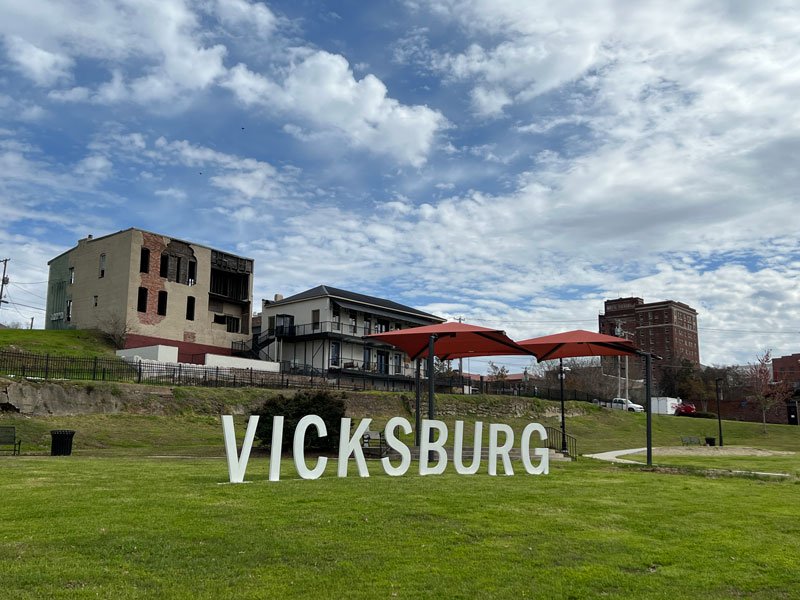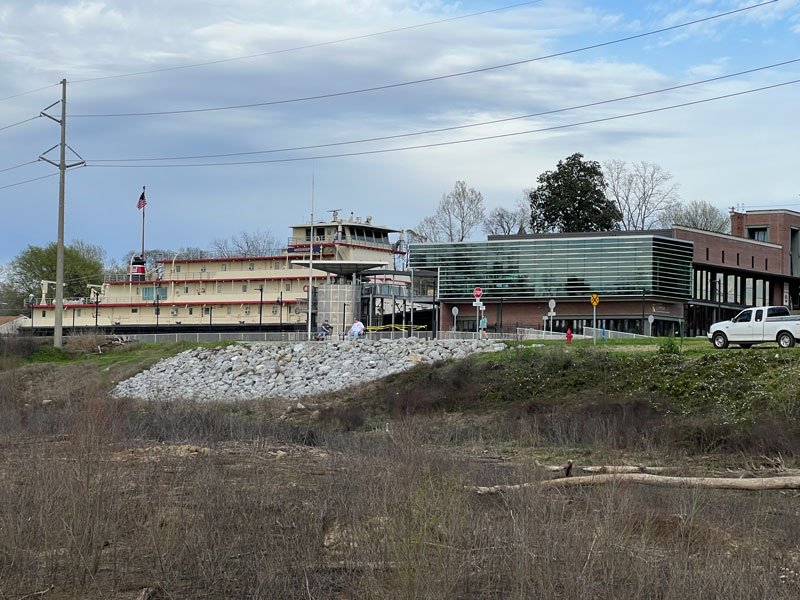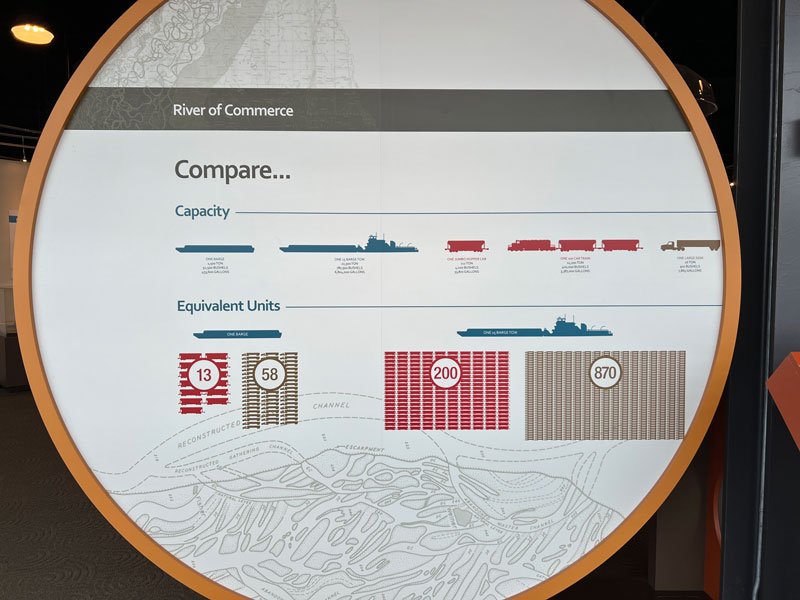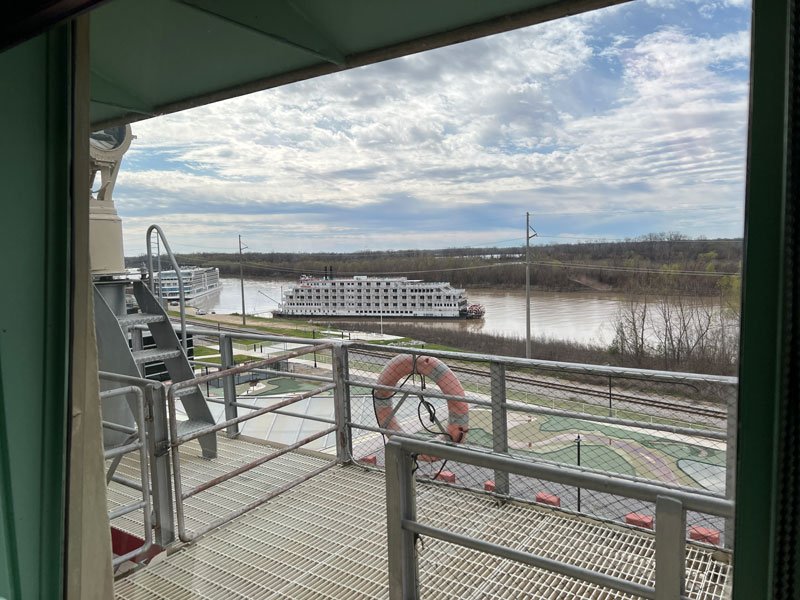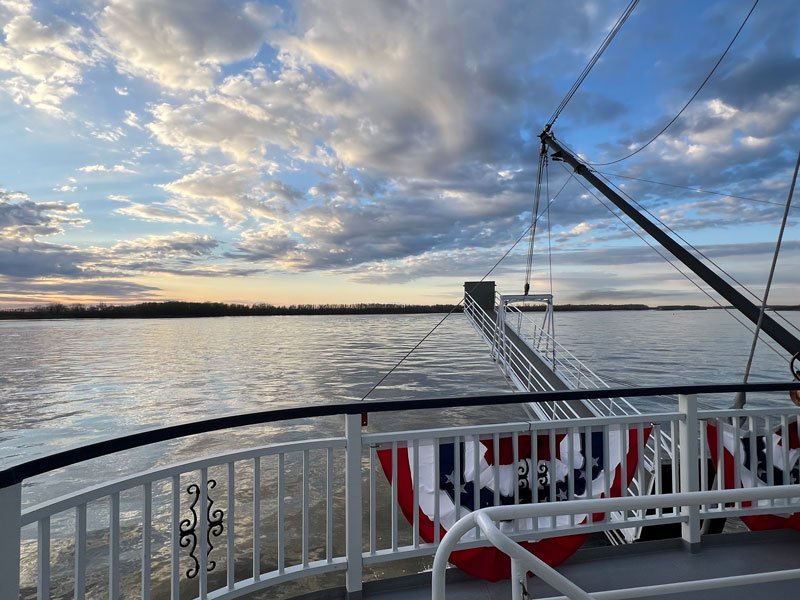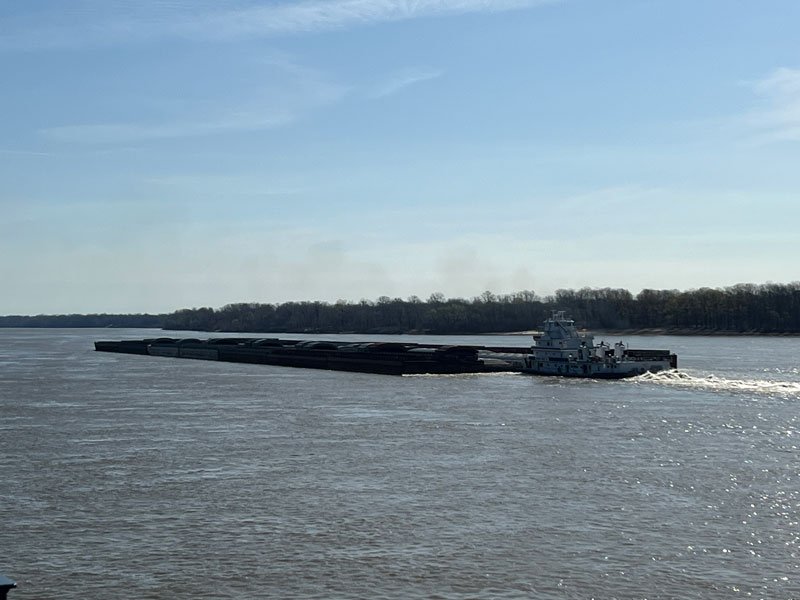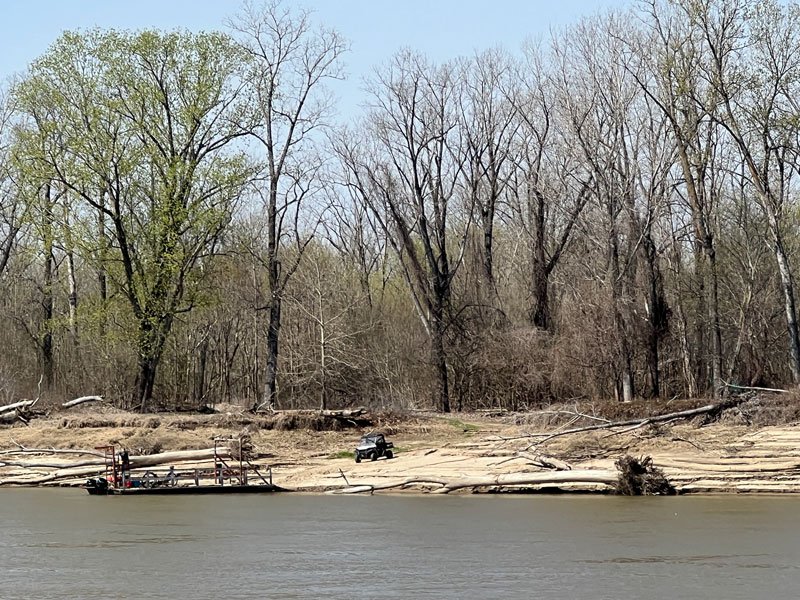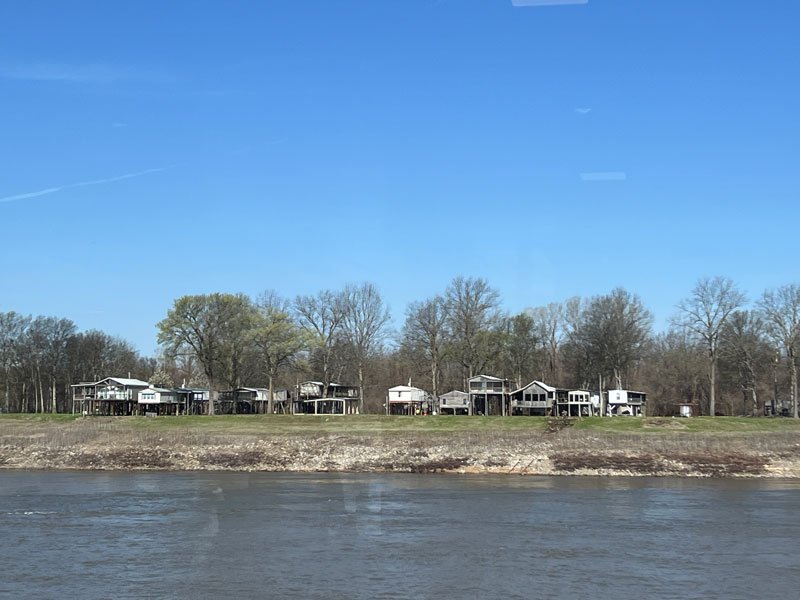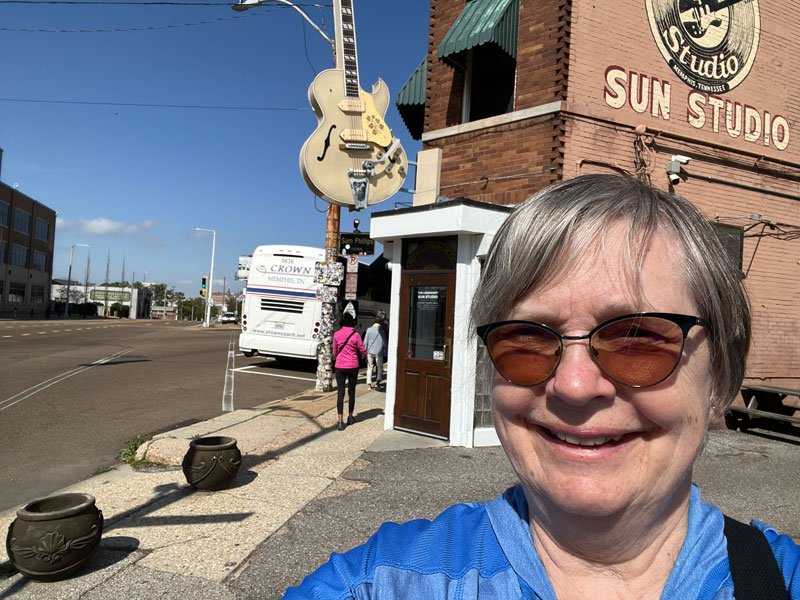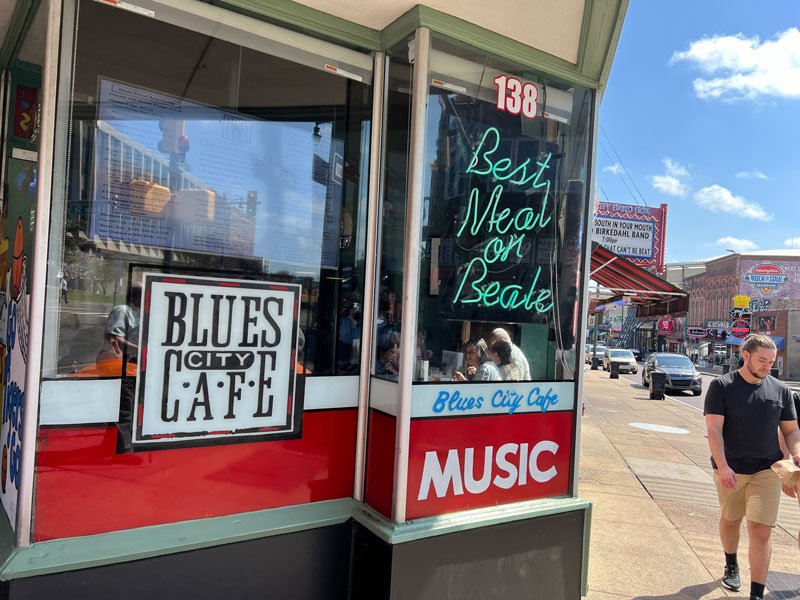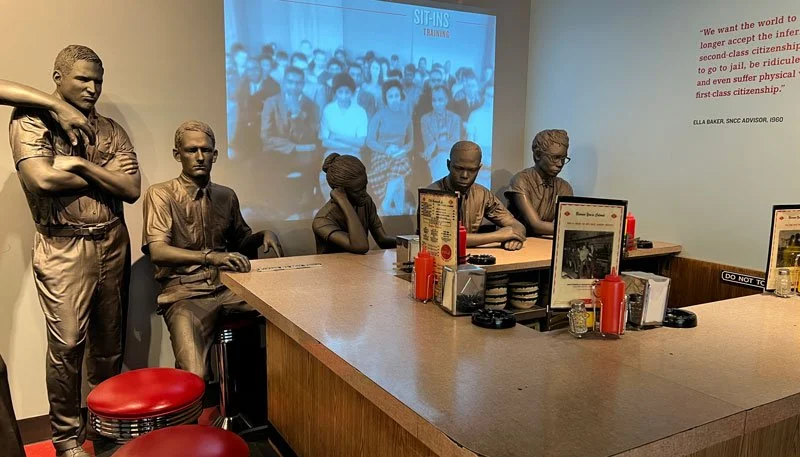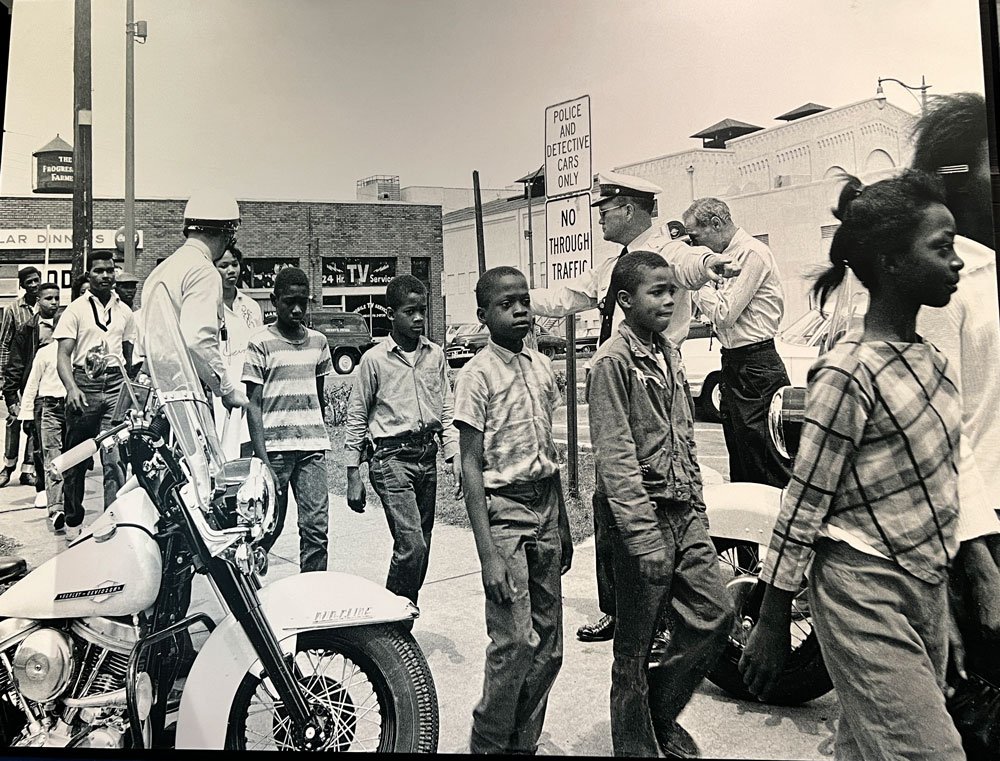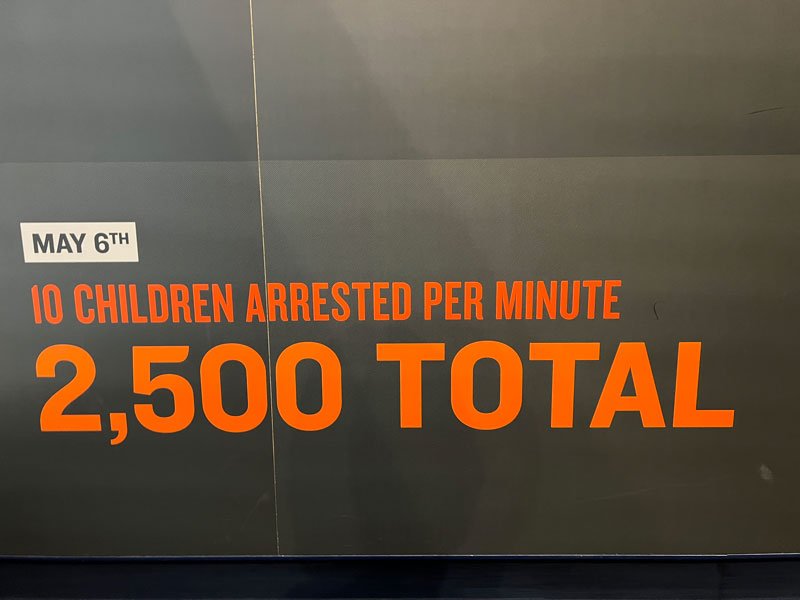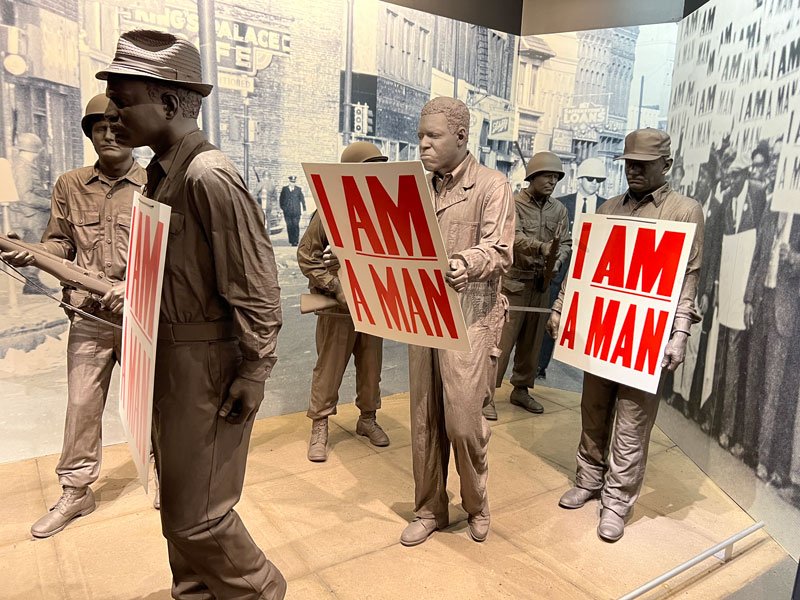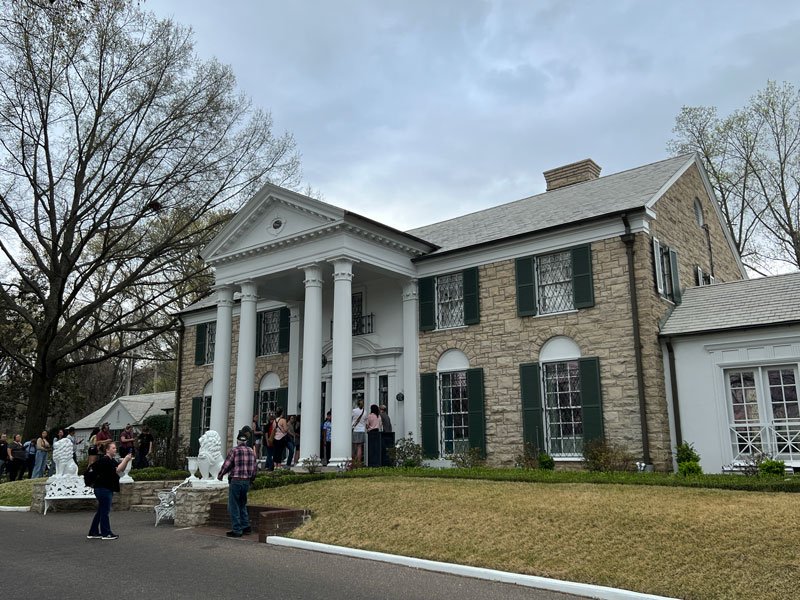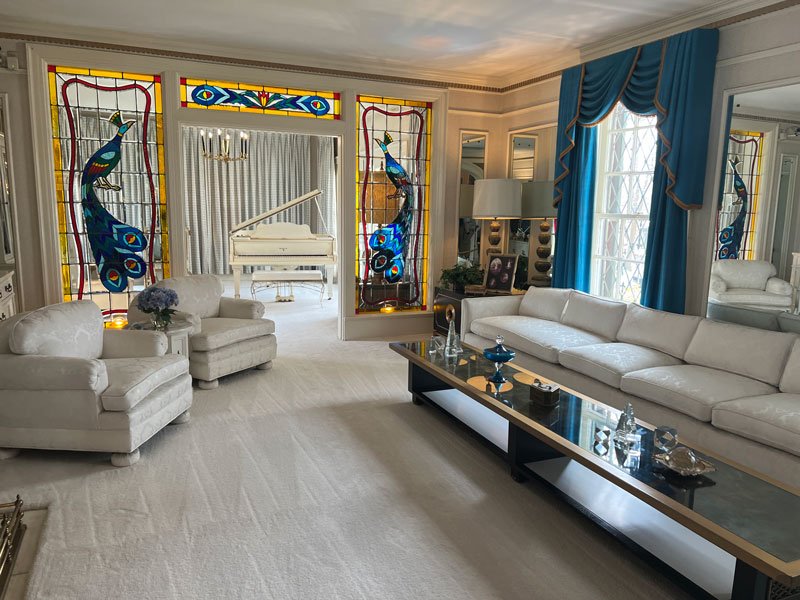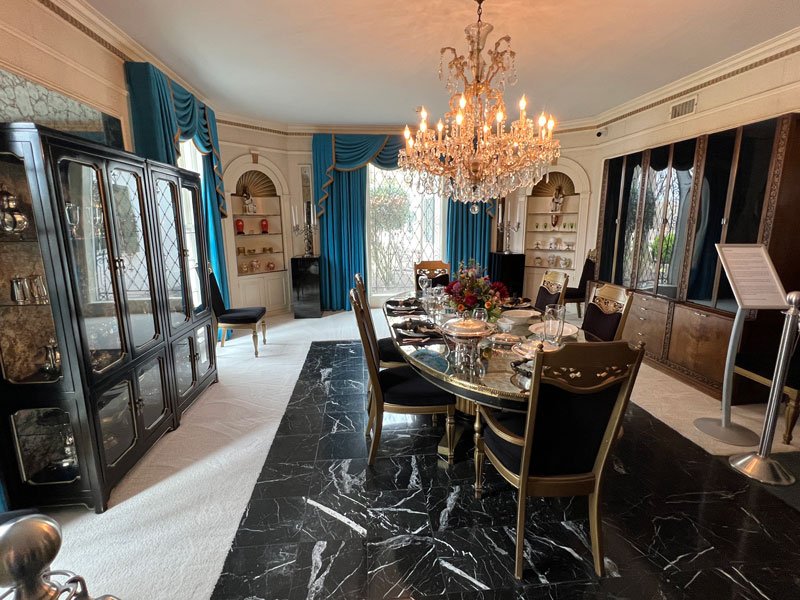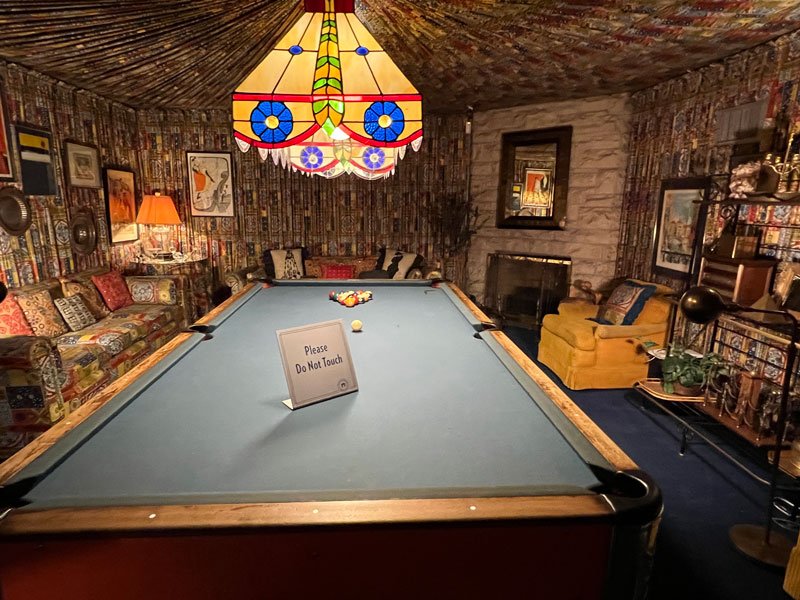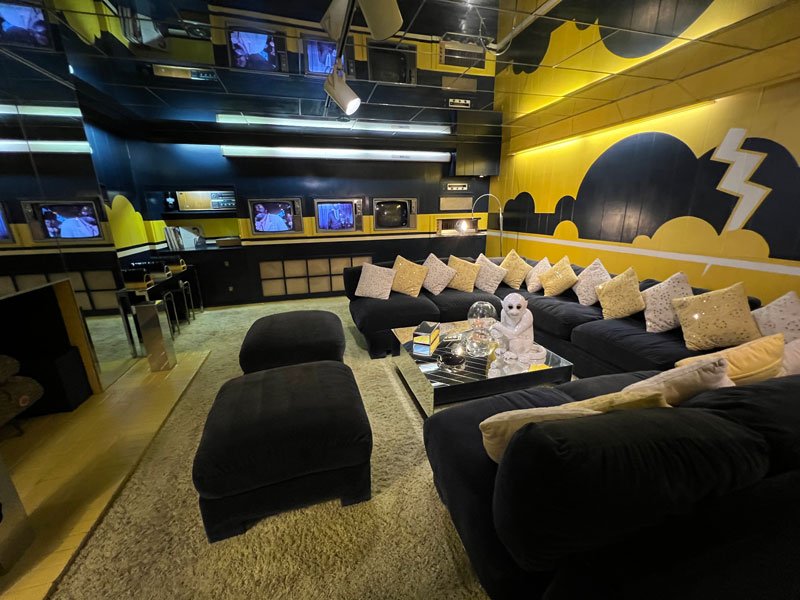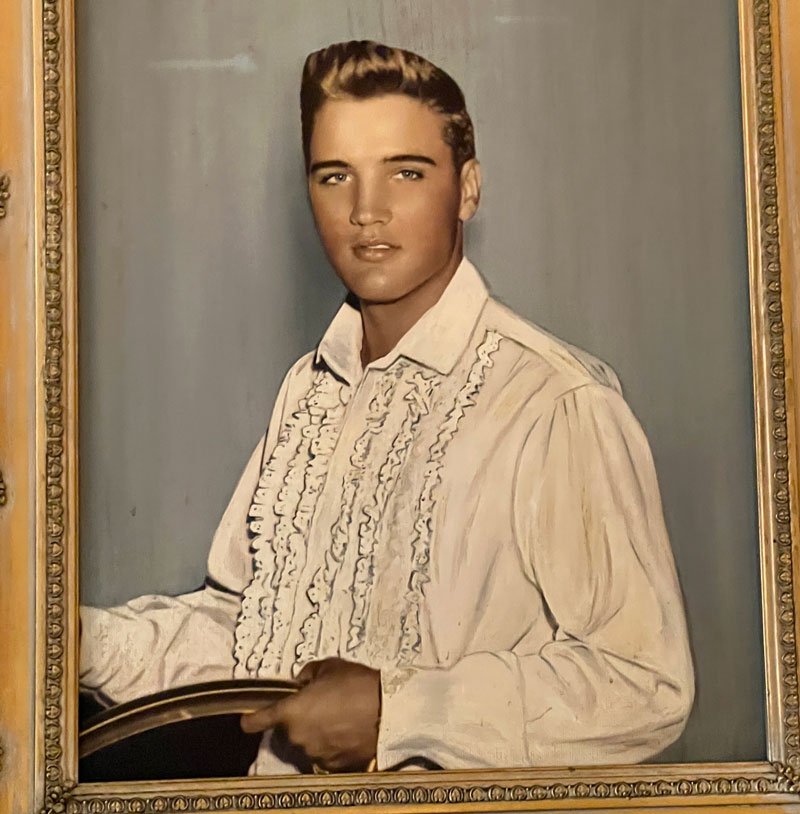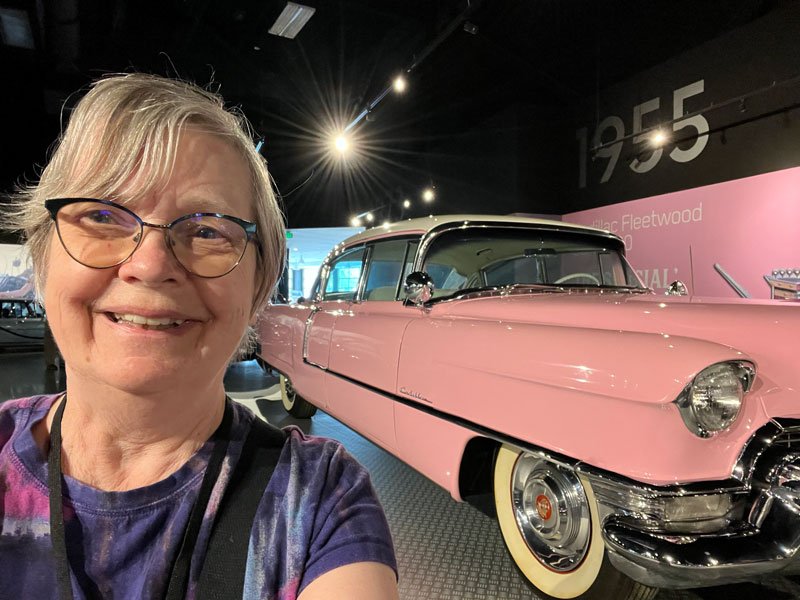A Mississippi River Adventure
A Mississippi River Adventure
Traveling from New Orleans to Memphis by car should take about 5 ½ hours. It’s just under 400 miles. Easy to do in one day if you don’t make many stops. By Mississippi river boat, my recent trip took seven days, plus two extra days in a hotel in New Orleans and two hotel days in Memphis. Even if I’d traveled by car, it would have been easy to turn this into a long trip. There are lots of places to visit along the Mississippi, depending on your goals: Civil War history, plantation life, river and swamp ecology, boating, indigenous history, slavery, civil rights, modern agriculture, Southern cuisine, music, ethnic history, architecture and more. My husband and I traveled with an alumni tour group from my college, one of our favorite types of travel. We were joined with alumni from two other schools and travelers from four other sponsoring groups, making a total of about 150 guests on our chartered American Cruise Line paddle-wheeled boat.
My husband and I had a slow start to our journey. We arrived a day early to adjust to the time change and allow recovery time from our flight. We spent most of the first day resting and getting acquainted with our hotel. That evening we joined our travel group for a kick-off event featuring an interview with author Doris Kearns Goodwin and a delicious dinner. I was delighted to be able to sit with a good friend from college I had not seen in many years.
Our tour offered us a choice of excursions each morning and afternoon. My focus was music, plantation life, nature, civil rights, and culture. Others were more interested in Civil War battles, architecture, or shopping. One of the benefits of group travel is that traveling partners can pick different excursions from one another and we often did.
New Orleans, LA
I selected Preservation Hall as my New Orleans excursion. I’d heard of it for years but was surprised by its actual appearance. For unknown reasons, I had imagined it to be a formal concert hall. Instead, its appearance is more like a broken-down garage with hard wooden boards as benches for the audience. A guide shared the history of the venue before the musicians began to play. I loved the music and the conversation with the performers before and after each piece. The hall became a gathering spot for musicians in the 1950’s and continues to be that today. It is now managed by the Preservation Hall Foundation, which offers educational programs and workshops. The Preservation Hall Jazz Band does concerts all around the country.
When we moved into our cabin on Deck 2 of the American Splendor, we were pleased with our accommodations. The room was spacious and nicely equipped. Other than two cabins on the Main Deck, Deck 2 had the least expensive cabins. However, it was an ideal location for us. Deck 2 has lounges at either end of the boat, where events were scheduled each day, usually including snacks. The dining room was one deck below us. All cabins, other than the two on the Main Deck, had balconies.
Our first stop after New Orleans was Vacherie, Louisiana. It wasn’t a destination itself but rather a docking location for excursions. My morning visit was to the Whitney Plantation. Due to my interest in plantation life and civil rights, I was looking forward to this tour. I’d never been to a plantation, and I understood that this particular location emphasized the African American experience. It was interesting to see the Plantation Owner’s home, the small shacks the enslaved people occupied, the cookhouse, and the jail. However, it was a disappointment that the guides we expected to show us around were not available and, due to delays and the size of our group, I did not get to visit their museum or the outdoor memorial displays. If I have the chance, I’d like to return there to see the displays and buildings I missed. The most striking thing about this visit was the jail. It looked like a small metal boxcar divided into small cells. We were told that this type of jail was typical of those found on plantations and in cities and towns. It was a stark reminder of the brutality of slavery.
That afternoon we went on what was called a Swamp Adventure. Gliding through the swamp on our tourist boat, we encountered many, many alligators, and a few other animals, with repeated warnings to stay seated and not to extend our hands or arms over the side of the boat. We saw gators of all sizes, along with some wild pigs, racoons, and many birds.
Our next port was the City of Baton Rouge, the capital of Louisiana. The highlight for me was our visit to the Capital Park Museum. The museum is large with areas featuring current life in different sections of the state. History and culture are also emphasized. There were more displays than I had time to look at, since I found myself fascinated by several surprises:
(1) Illustrations of Indian mounds which date back to 1500 B.C.
(2) The story of the Melrose Plantation, owned by the son of a formerly enslaved woman. In the early 1800s the family owned 400 enslaved workers and 1200 acres of land.
(3) Displays explaining the meaning of Creole and Cajun and the influence of the French, Spanish, Arcadians, British, and Africans in the Southern Mississippi River area.
The Splendor’s next stop in Louisiana was the small town of St. Francisville, our jumping off point for a visit to the Oakley Plantation, once the temporary residence of John James Audubon. He worked there as a young man serving for a few months as a tutor for the owner’s daughter. It is now a state historic site, nicely maintained, and featuring reenactments of blacksmithing and cooking. The plantation grounds had an abundance of blooming azaleas which I couldn’t stop photographing.
Before returning to the boat, I took a walk through the city’s small downtown. I was surprised to find a display of colorful Haitian paintings in one of the shops.
Our next stop was the beautiful town of Natchez, Mississippi, which took advantage of being on a bluff above the river, by creating a lovely park offering walking paths and river viewpoints. I was unable to visit their Museum of African American Culture and History but did get to see attractive homes and their civil rights monument.
Their history of racial conflict is recognized in the town’s Proud to Take a Stand monument which honors local citizens who marched for racial justice back in 1965. Civil rights activists wanted to hold a march to protest recent threats, murders, and a bombing, but the city obtained an injunction to stop it. NAACP members held a rally at the local Baptist Church and then began to march in defiance of the injunction. Three hundred marchers, including children, were arrested on account of the peaceful march. Over the next two days there were further marches and more arrests, bringing the total arrests to 500. The city auditorium (normally off limits to African Americans) became a detention center, but half the arrested protesters were transported out of town to the Mississippi State Penitentiary, where they received cruel treatment before being released, with no transportation back to their hometown. The memorial display and monument that we visited were erected in 2019 as a part of a reconciliation process initiated in 2015 by local residents. It is located on the grounds of the City Auditorium. The display next to the monument includes this text:
“Whereas virtually every other local campaign had ended in failure during the Civil Rights Movement in Mississippi, the Natchez project had mobilized an entire community and exacted sweeping concessions from the white establishment – without federal intervention. The Natchez campaign was the single greatest community victory for the Civil Rights movement in Mississippi.”
My next tour was entitled “Cotton and Music, Then and Now.” We traveled by bus outside of Natchez to a functioning cotton plantation called Frogmore, in private ownership, which offers tours, conducted by the owner, of historic buildings still retained on the property. The grounds also include a gift shop and performance facility. We observed and got demonstrations of both historic and modern cotton processing equipment. It was fun to have the opportunity to pick our own souvenir cotton bolls and to talk with the owner about her family history in the cotton industry. We learned how the invention of the cotton gin radically changed the cotton industry, since it eliminated much of the need for human labor.
Frogmore Cotton Plantation and Gins, Louisiana
The next to the last stop of our cruise was in Vicksburg, Mississippi. We visited a neighborhood of antebellum homes and walked through the Duff Green mansion which is now operated as a bed and breakfast facility. The home was built in 1856 by enslaved laborers for the benefit of a cotton broker. Despite considerable destruction in the town, this building survived the Civil War because it was used as a hospital for soldiers on both sides of the conflict.
The Lower Mississippi River Museum was conveniently located next to our boat’s mooring location. The museum incorporates a full-size river boat that was operated by the Army Corps of Engineers as part of their management responsibilities over the Mississippi River. A museum display gave a dramatic illustration of the efficiency of moving cargo by barge. One 15 barge tow transports a quantity of product equivalent to 200 rail cars or 870 trucks. According to their illustration, a gallon of fuel allows a barge to travel 540 miles, while a truck could go 70 miles or less. Rail cars could go 420 miles.
As we pulled out of Vicksburg we were rewarded by beautiful sunset views and tranquil vistas of gently lapping water flowing through an area which appeared to be occupied only by trees and brush, with an occasional tug pushing an array of barges, often 30 or more, fastened together to move along as one unit. As we slowly cruised north toward Memphis, Tennessee, we occasionally saw a rudimentary ferry landing or house on stilts. As it was explained to us, the land on either side of the river was very flat, creating a gigantic flood plain which precluded development near the river’s usual channel.
Our cruise ended in Memphis. Following a short bus tour of the city and a delicious lunch at the historic Blues City Café, our group dispersed. My husband and I checked into the Peabody Hotel, took a walk around Beale Street, enjoyed the views from the roof of the hotel, and planned our adventures for our last day.
View of Memphis and the Mississippi River from the roof of the Peabody Hotwl
In the morning, after watching the parade of ducks in the hotel lobby, a decades-long hotel tradition, we took an Uber to the Lorraine Motel, the location of the assassination of Dr. Martin Luther King, Jr. It still looks like a motel on the outside, but the inside has been converted into a modern facility, now known as the National Civil Rights Museum at the Lorraine Motel.
The 1955 Montgomery Bus boycott triggered numerous threats and bombings. Libraries, swimming pools, movie theaters and lunch counters remained segregated even after the U.S. Supreme Court ordered the end of segregation in schools. In 1961 Memphis students engaged in a sit-in at a segregated lunch counter. The museum displays documents, photos and exhibits illustrating these events and more. The Children’s Crusade occurred in 1963. Dr. King was in jail and hundreds of school children marched from their church into downtown. They marched for several days, despite being victimized by the police using high-powered water hoses. Eventually 2500 children were arrested and held in the Birmingham Stadium, converted into a temporary jail. The Kennedy administration stepped in to negotiate peace.
Recreation of 1961 Memphis student sit-in
I took a special interest in the stories related to events in the time period of 1965-1968. In the 60’s, the minister of the church I attended, on Mercer Island, traveled to Birmingham to participate in civil rights activities. I was in high school at the time and remember hearing conversation among the adults at church about whether he should have left his home church to be part of those demonstrations. As an adult, I learned that two members of the Unitarian Church (my current church affiliation) were killed as part of their civil rights advocacy. Reverend James Reed, from Boston, was murdered in Selma in 1965. Viola Liuzzo, a Unitarian from Detroit and a mother of 5, was shot in the head as she volunteered as a driver for marchers between Montgomery and Selma. Two years later I requested my parents’ permission to travel to Nashville, Tennessee, to be part of a student exchange at Fisk University. I had little understanding of the civil rights conflicts our country was facing at the time. My parents were anxious about me making the trip but did give their permission for my week-long stay in Nashville during spring break in 1967. Later that year I began a one year study abroad program in Europe, where I experienced the shock of the assassinations of Dr. King and Robert Kennedy from afar. It seemed like our country was falling apart. Even now, I’m trying to get a better understanding of the history I lived through but did not clearly understand.
For the city of Memphis, the “I Am A Man” protest and march in 1968 were of great significance. They were on behalf of the sanitation workers who had for years tried to improve their pay and work conditions. Garbage trucks had white drivers but all the lifting and carrying of the trash was assigned to the black employees, who were paid substantially less than the drivers. On March 28, 1968, more than 6,000 people joined the sanitation workers’ march through downtown Memphis. The workers wore large placards with the words “I Am A Man.” The police fired tear gas, swung nightsticks, and caused many injuries, including the death of a 16-year-old. Dr. King came to town in support of this protest, staying in the Lorraine Motel. The night he arrived he attended a rally at the Mason Temple where he gave his last speech, which is sometimes referred to as his “I’ve Been to the Mountaintop” speech. He ended with these words:
“Well, I don’t know what will happen now. We’ve got some difficult days ahead. But it really doesn’t matter with me now because I’ve been to the mountaintop. And I don’t mind. Like anybody, I would like to live a long life. Longevity has its place. But I’m not concerned about that now. I just want to do God’s will. And He’s allowed me to go up to the mountain. And I’ve looked over. And I’ve seen the Promised Land. I may not get there with you. But I want you to know tonight, that we, as a people, will get to the Promised Land! And so I’m happy tonight. I’m not worried about anything. I’m not fearing any man! Mine eyes have seen the glory of the coming of the Lord!”
The next day he was shot at the Lorraine Motel.
The last excursion of our Mississippi River trip was a VIP tour of Graceland. I knew we would be seeing the home Elvis lived in with his family, but I had no idea how many additional buildings and displays there were to tour: cars, airplanes, graves, awards, memorabilia, tributes from friends, costumes and more. We couldn’t possibly see everything. I enjoyed visiting his home and learning more about his life and the impact he had on so many people. I couldn’t leave without getting a couple souvenirs – things to wear in case I attend another Elvis impersonator concert.
The last challenge of the trip was returning to the hotel from Graceland. We thought we’d just use our Uber or Lyft app, but first we had to find the driver pick-up area. When we called for a ride the app indicated there would be a long wait and what appeared to be an excessive charge. We thought we were stuck and then another visitor pointed out a sign on a post with a phone number for a cab. We called that number and the cab was there in just a few minutes with a quoted fee well below the fare offered by Uber and Lyft. The driver told lots of stories as we headed back to town, ending our trip with a pleasant encounter with a longtime local resident. When we headed to the airport the next morning, the hotel doorman called us a cab, which he told us was the best choice for the airport. Once again the fare was reasonable and the driver shared lots of interesting stories.
Overall, our Mississippi trip was a big success. Everything went well on the riverboat. The food and service were excellent, we enjoyed musical entertainment each evening, and the trip was enhanced by the presence of several professors and other experts who presented lectures on topics related to the places we would be visiting. We also remained healthy and had no accidents, which is always something to be grateful for.
From the standpoint of civil rights history, I feel the trip offered a good introduction to important issues. There are other destinations I would like to visit, however. I hope to take a future trip to Selma and Birmingham with a sponsoring group that can facilitate conversations with local activists. Maybe next year.
If you enjoyed reading about my trip and have not already subscribed to my blog, please let me add your name to my mailing list. Use this form to do so.
Carolyn Hayek



